Historic Pye Nest
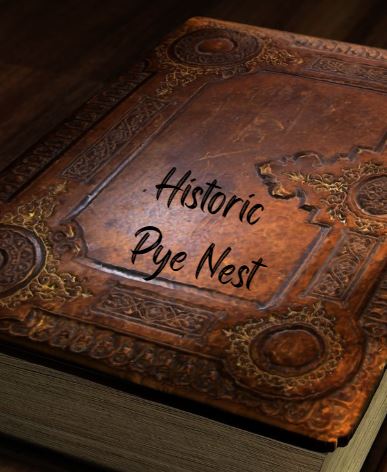
Historic Pye Nest and Bolton Brow
This page starts at Rochdale Road, King Cross down to Wharfe Street, Sowerby Bridge
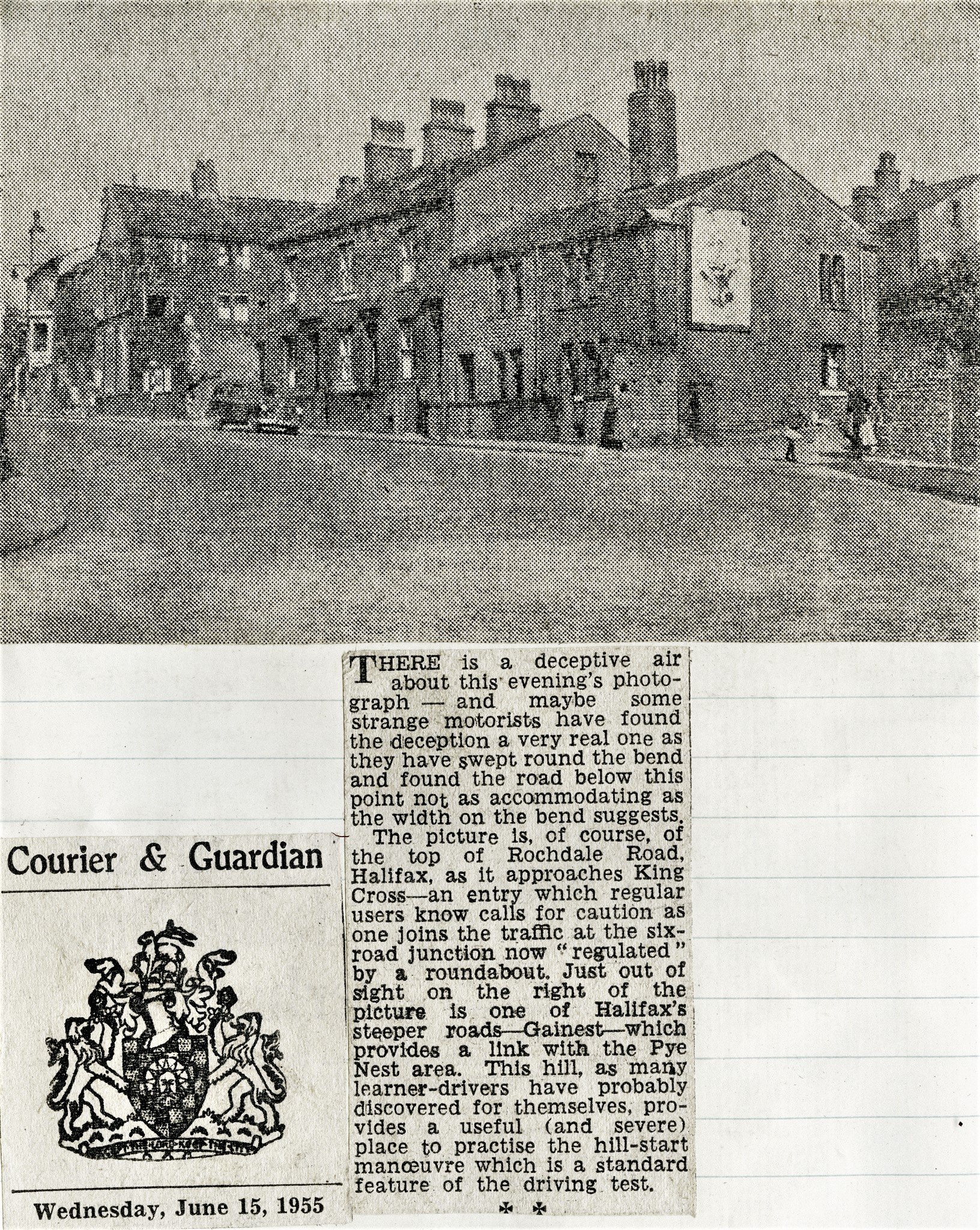
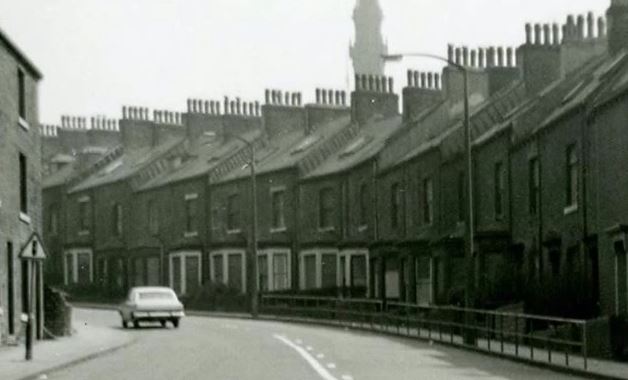
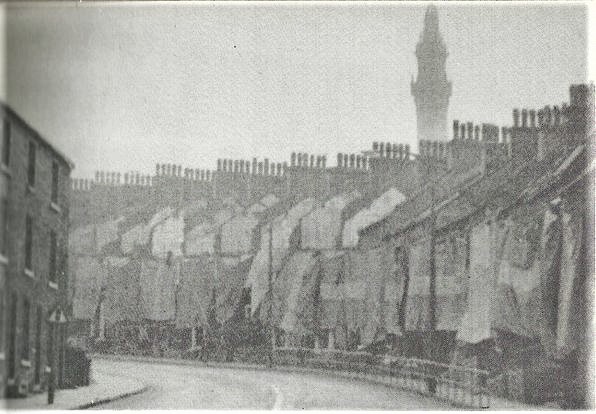
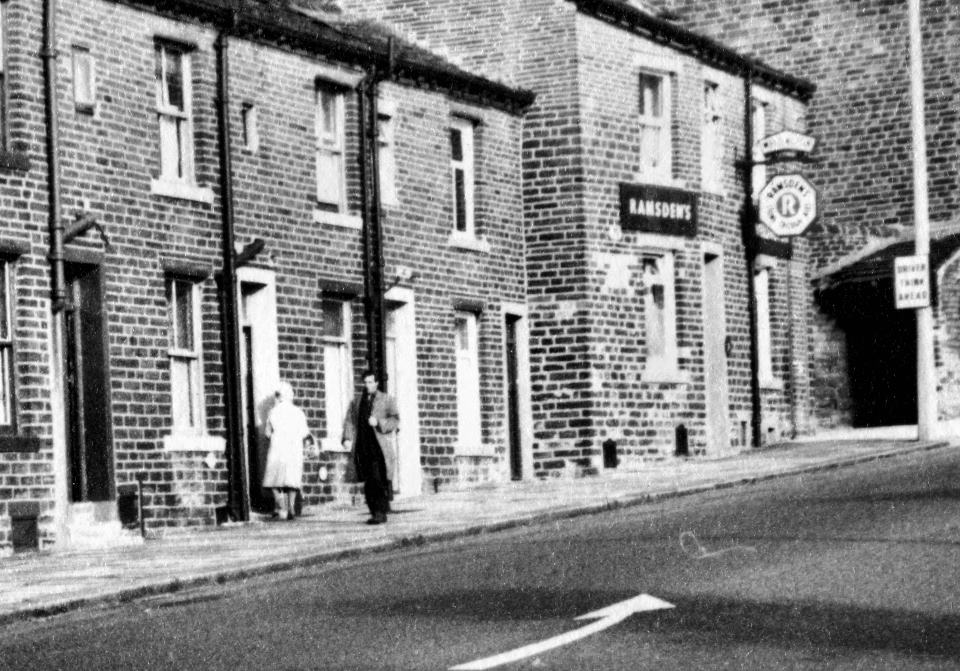
Wellington Inn
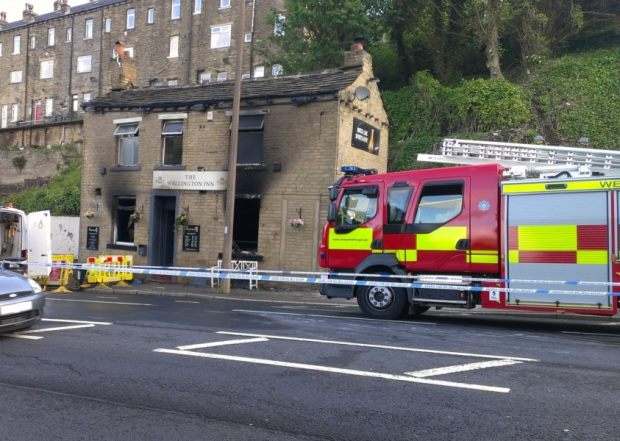
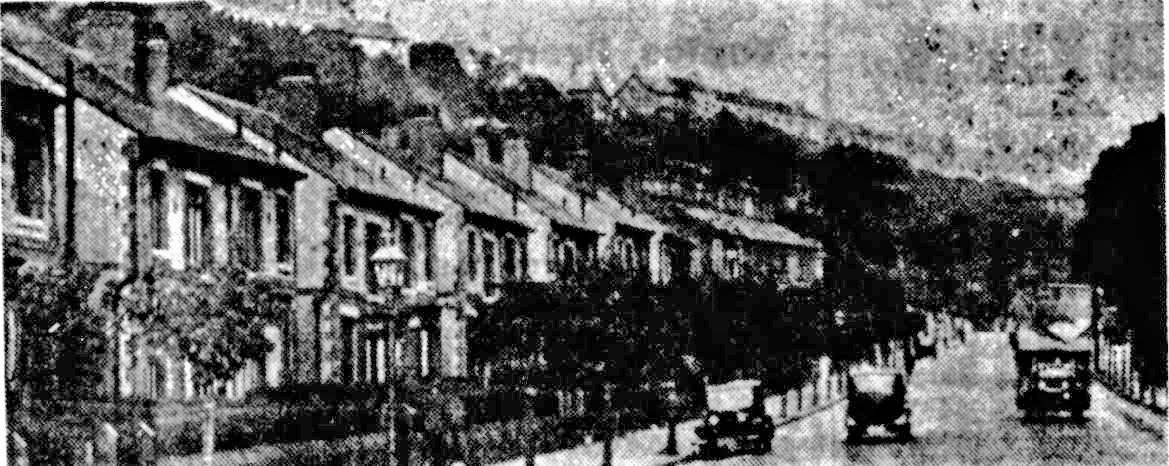 |
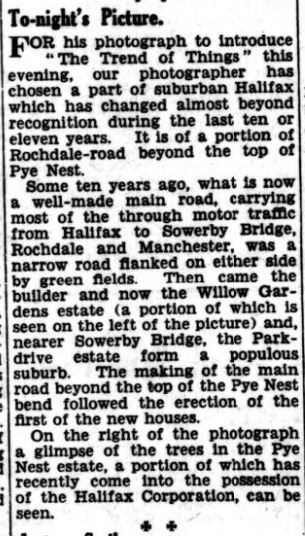 |
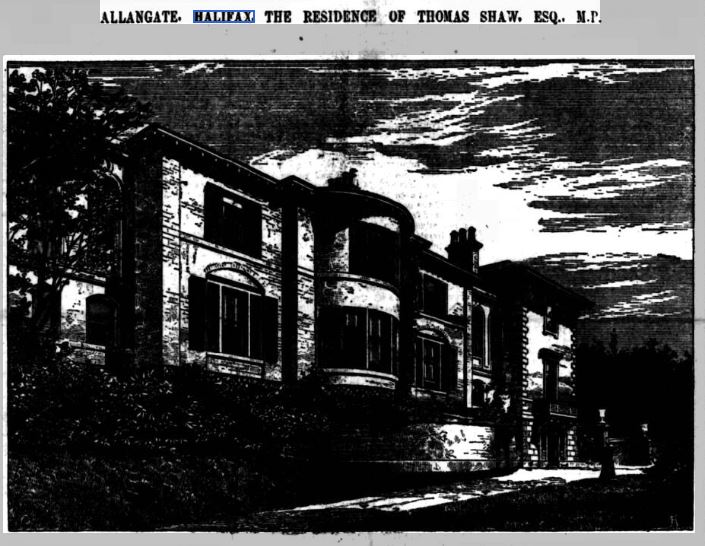
Pye Nest

Pye Nest, or as it was originally called Pye Nest, was in the 16th century owned by the Wainhouse family of clothiers, and remained so until 1770 when it was sold to Japhet Lister Esq, of Northgate House, great-uncle to Ann Lister of Shibden Hall.
It did not remain a property of the Lister family for very long, as in 1771 the estate was sold to John Edwards, who originally came from Birmingham as the son of a wealthy family. He worked for some time in the textile industry, with John and Samuel Lees at Lower Willow Hall mills.
When Edwards became owner of the estate he decided that the house needed complete replacement and employed John Carr of York, then the most famous Yorkshire architect of the age, to build him a suitable mansion, as can be seen from the engraving of about 1830.
John Edwards died in 1823 but had 3 sons and one daughter. Most famous of his sons Henry came into prominence when he contested Halifax as a Liberal-Conservative candidate in 1847, being returned to Parliament together with Sir Charles Wood, later to become Lord Halifax. Halifax was a two member constituency in those days.
Soon after he became a Member of Parliament he had the distinction of seconding the motion which passed the Ten-Hour Bill. He never contested the Halifax seat again, but later was Member for Beverley.
He served in the 2nd West Yorkshire Yeomanry and became Lieut-Col Commandant, was High Sheriff of Yorkshire, and created a baronet in 1866. He died after a long illness in 1886 aged 74 years. The mansion was taken down between 1926 and 1930 to make way for house building.
from the Evening Courier
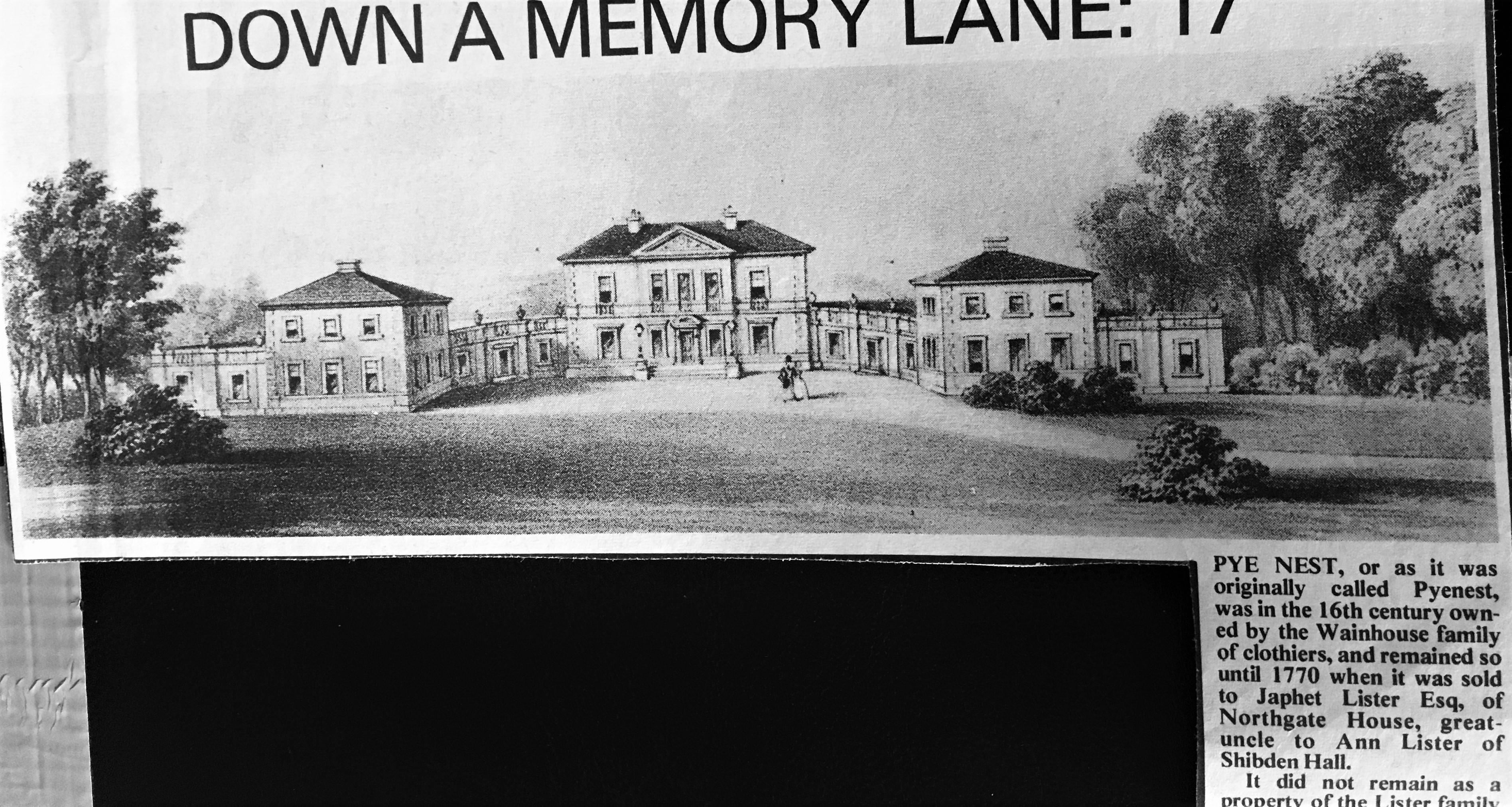
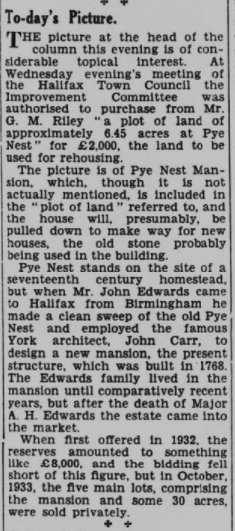
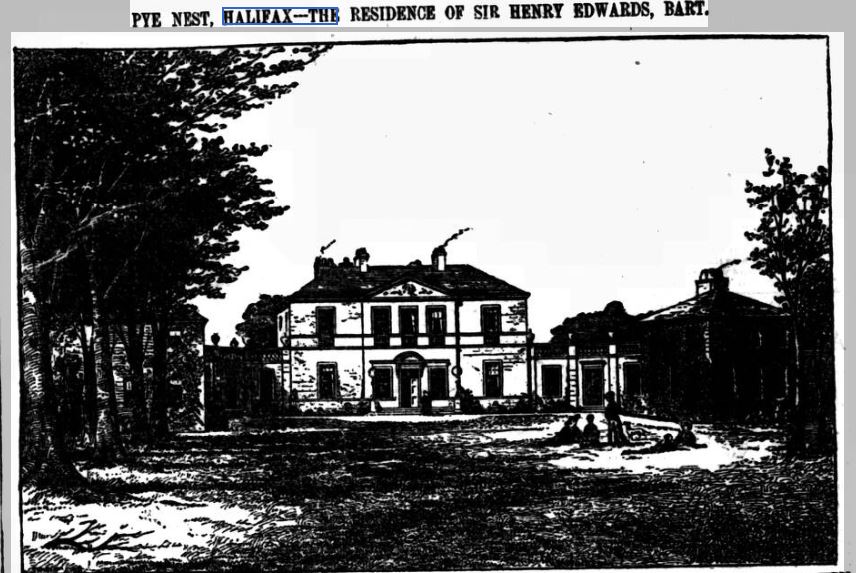
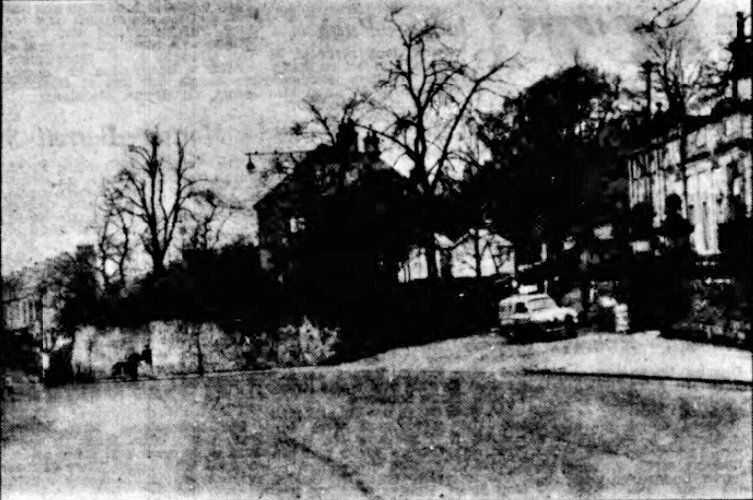
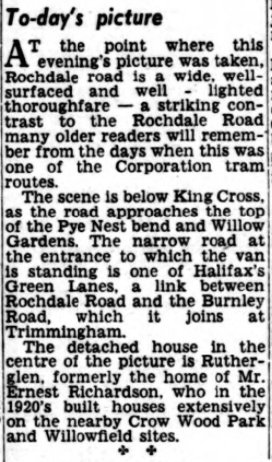
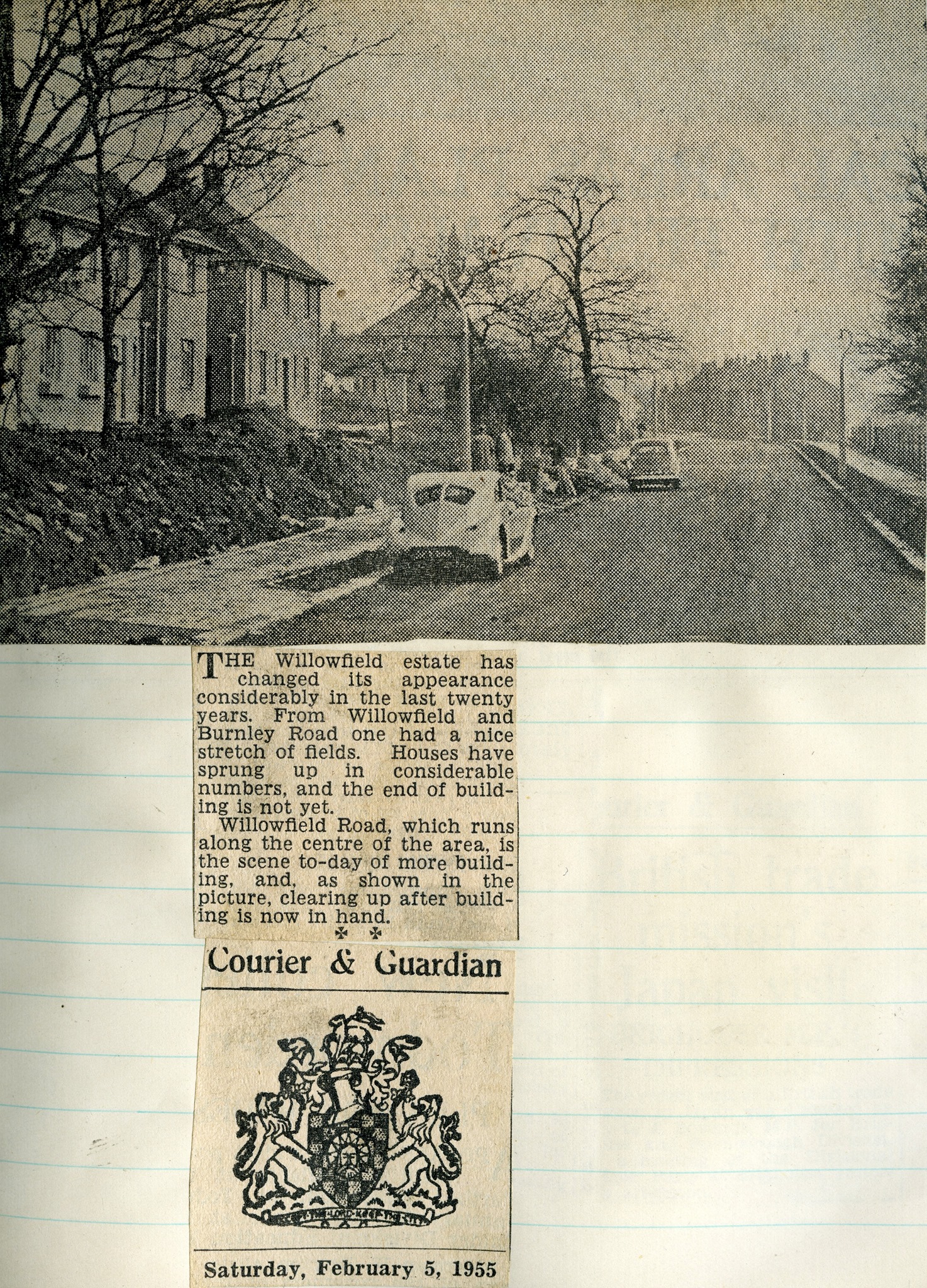
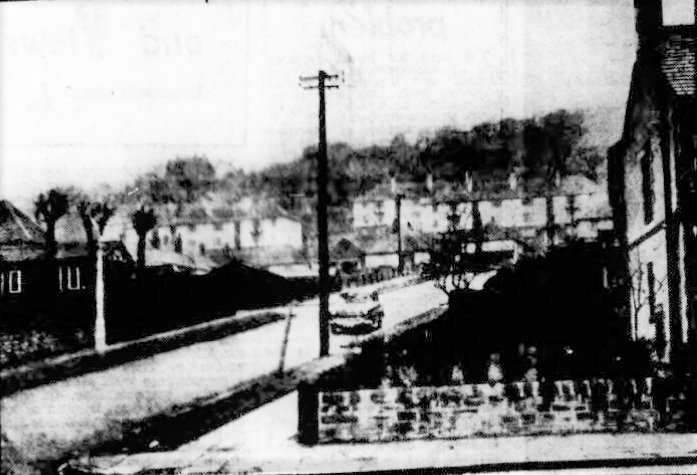
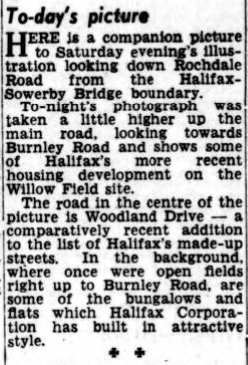
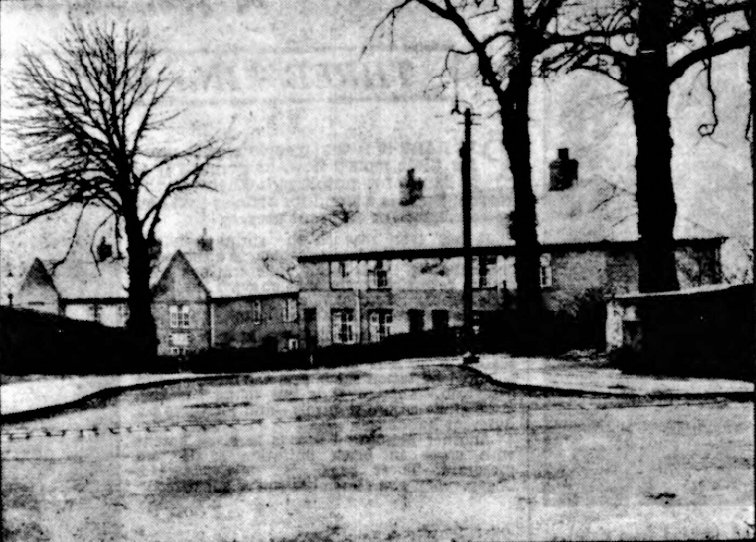
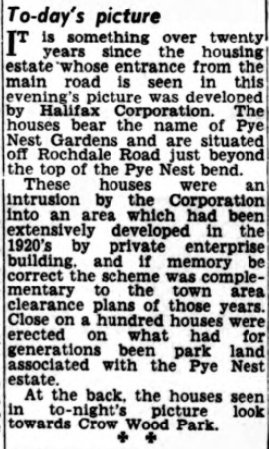
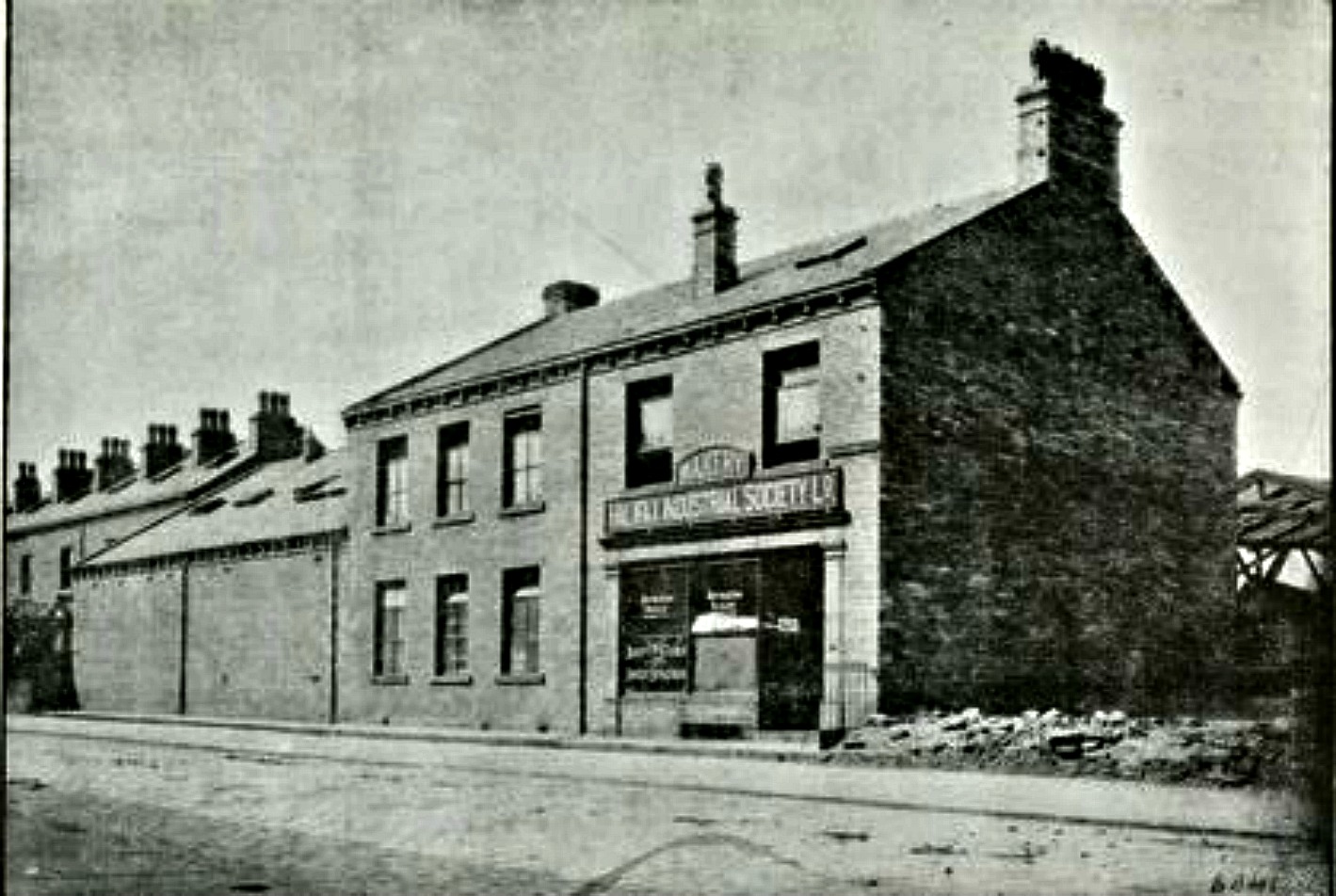
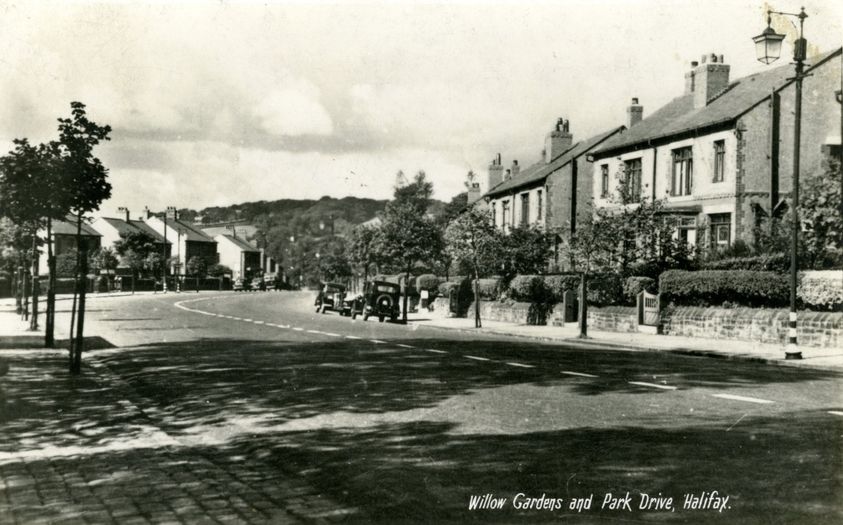
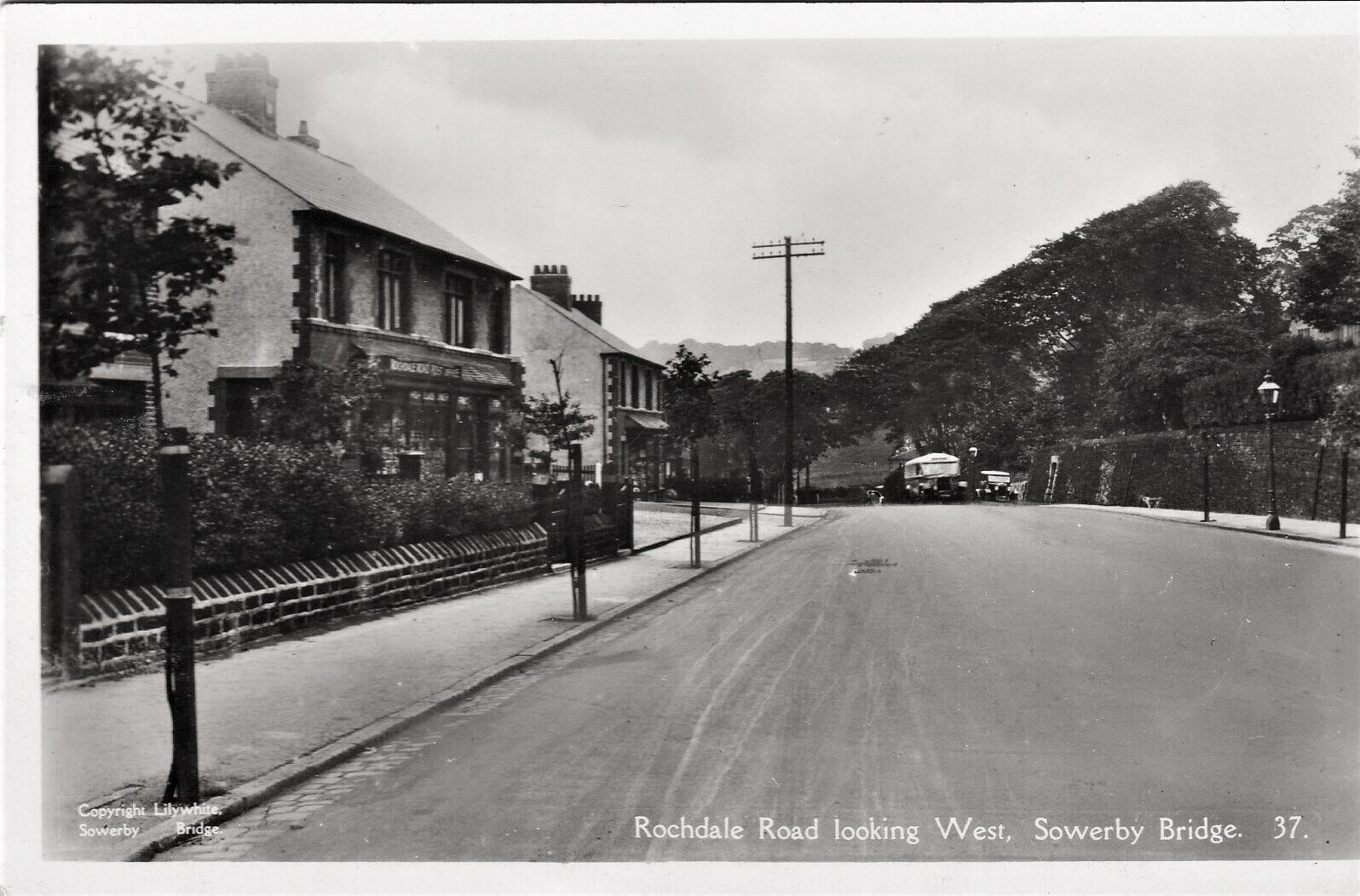
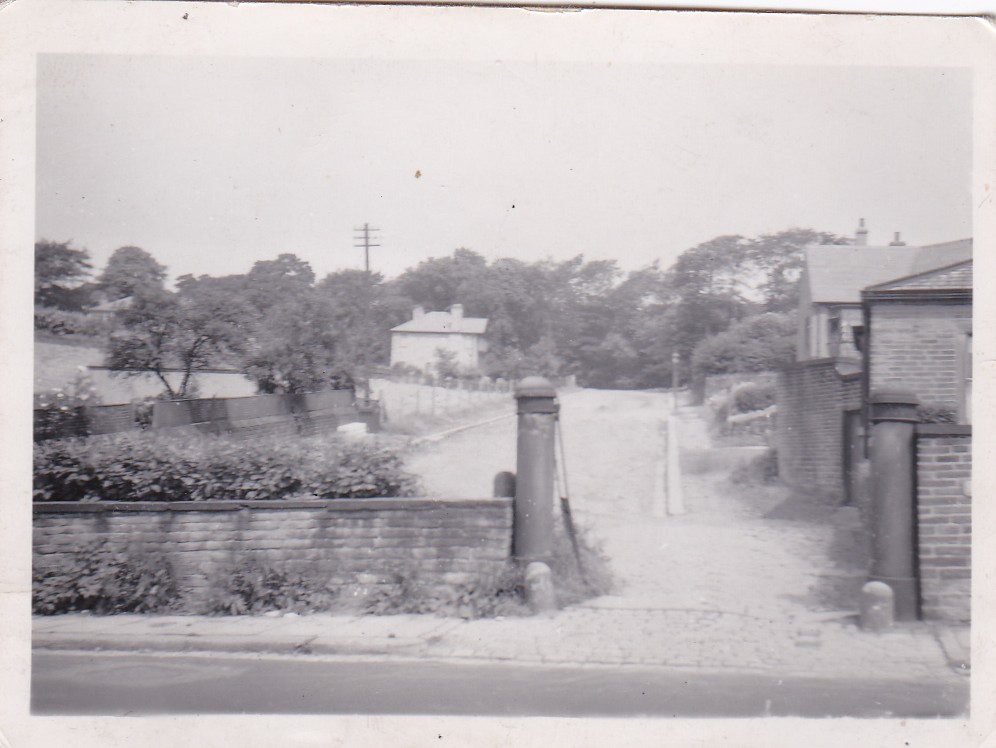
Willowfield Drive. The stone pillar on the right is still there today
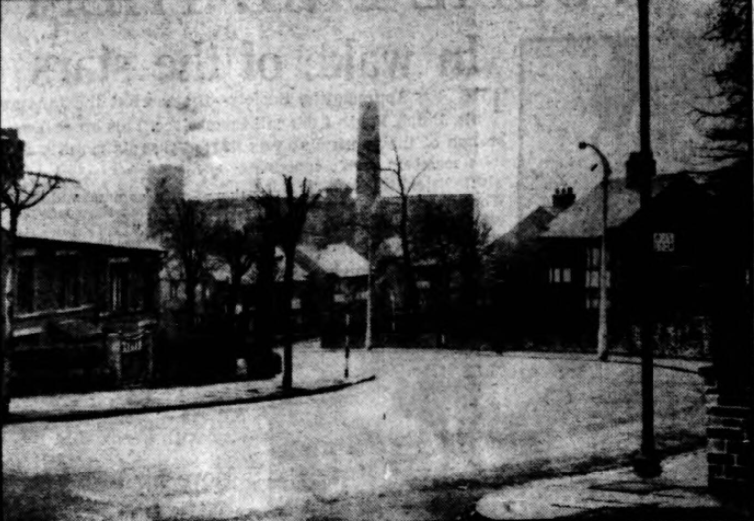
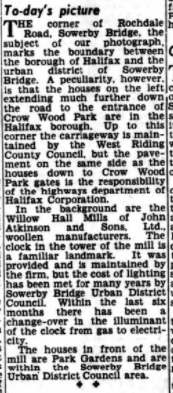
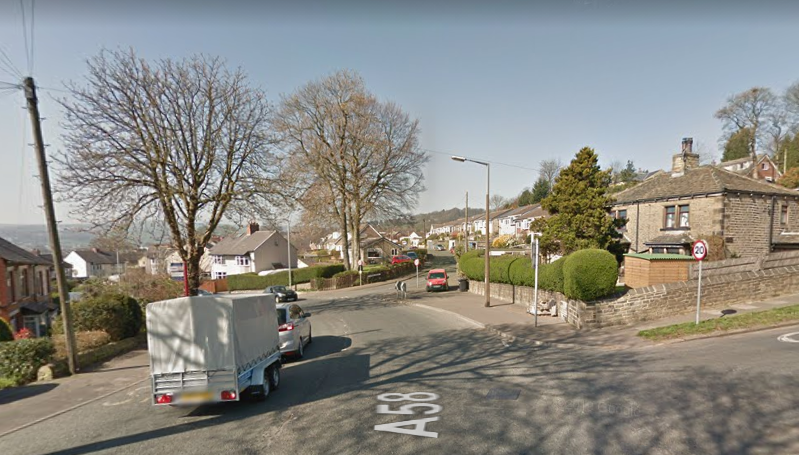
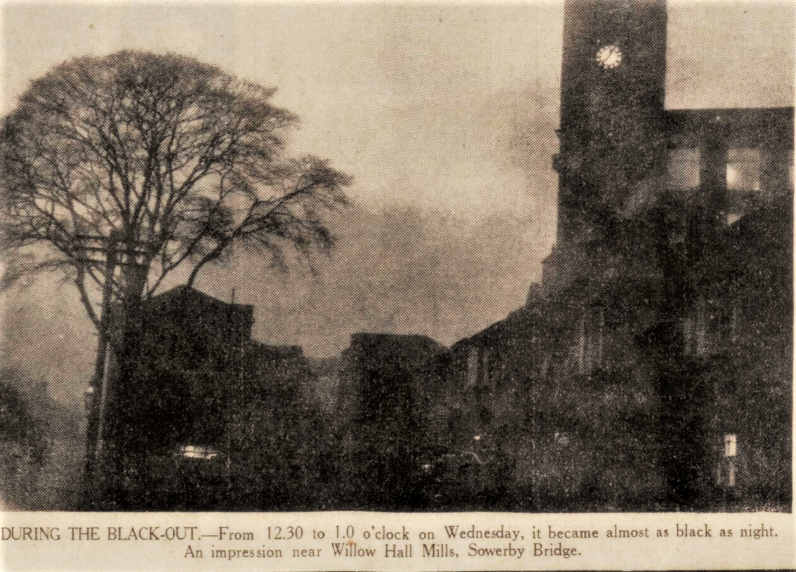
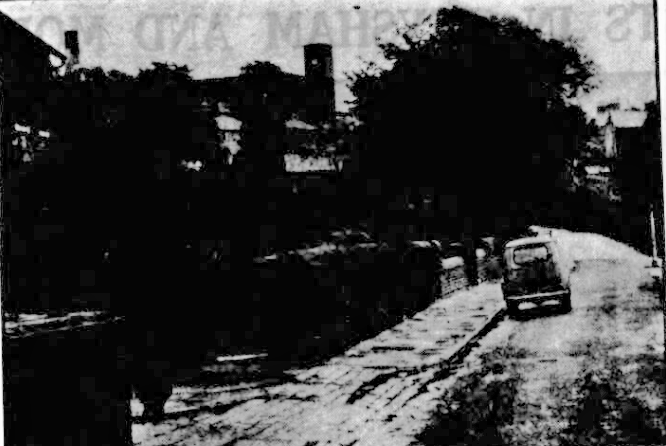 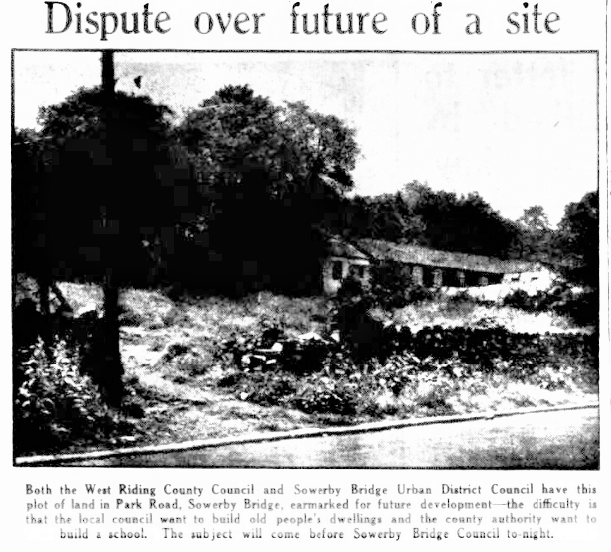 |
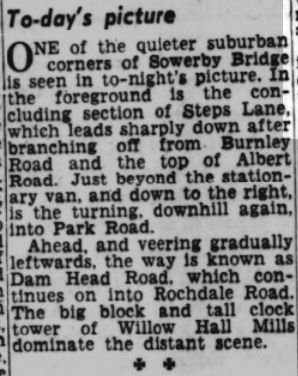 |
Crow Wood
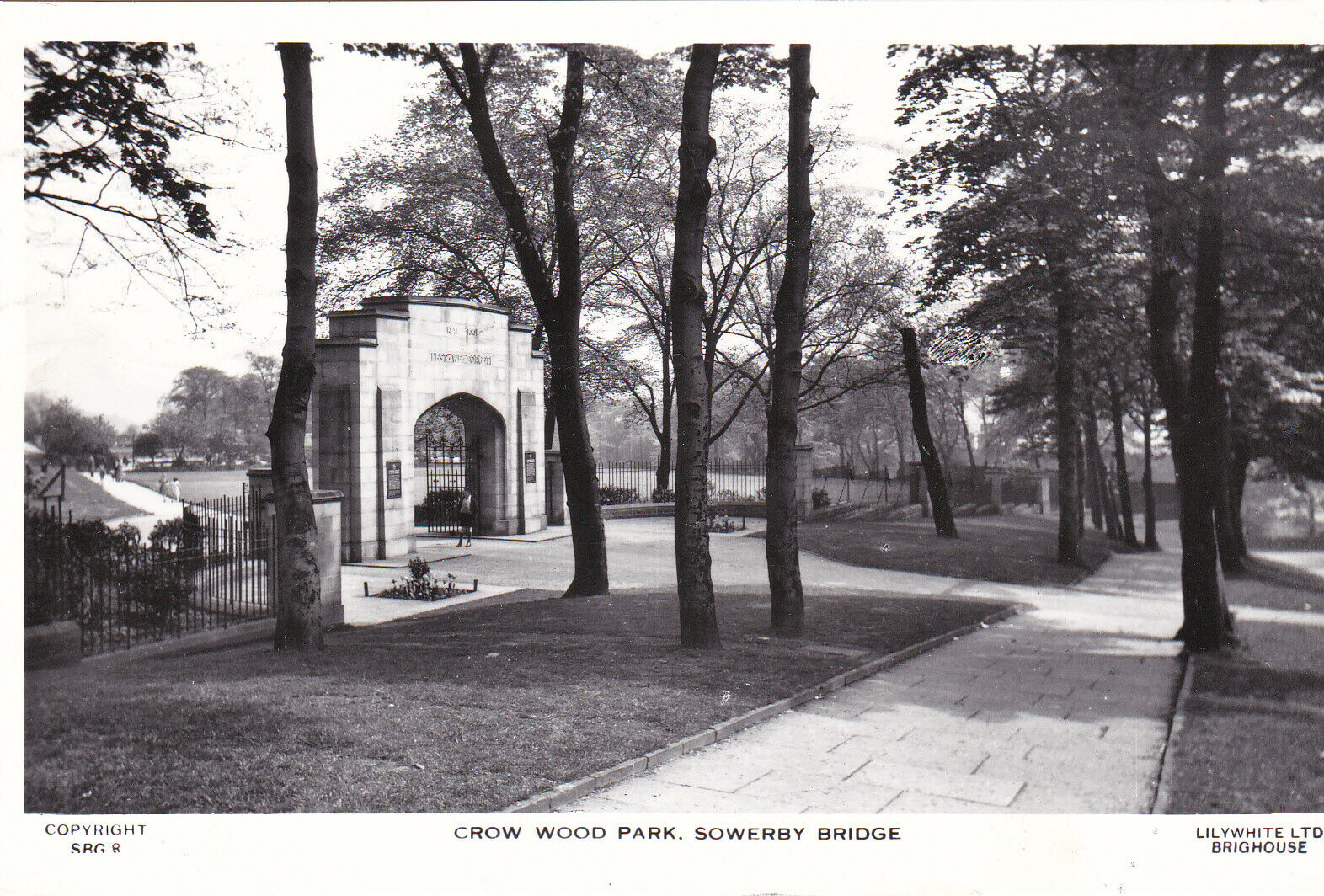
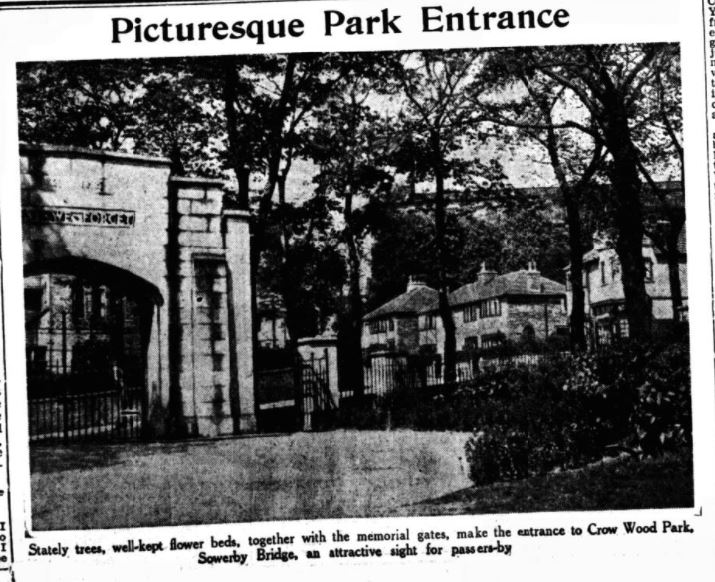
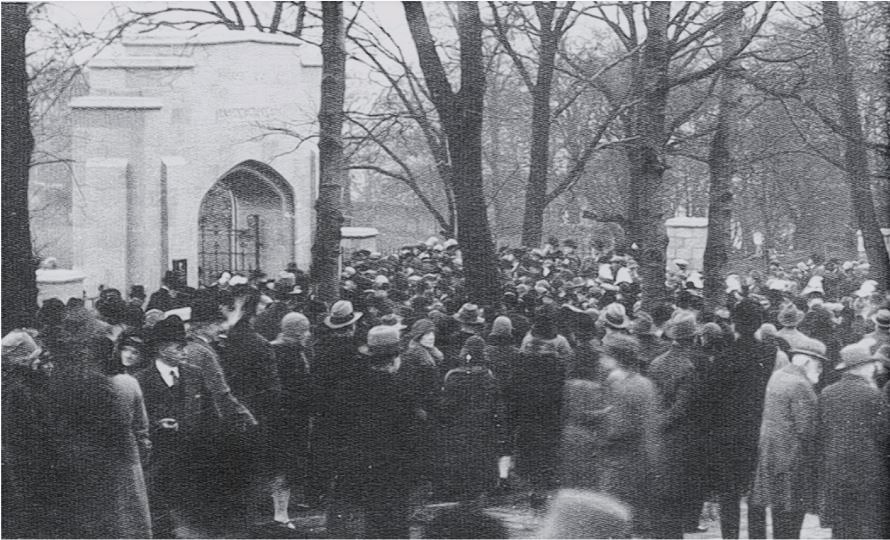
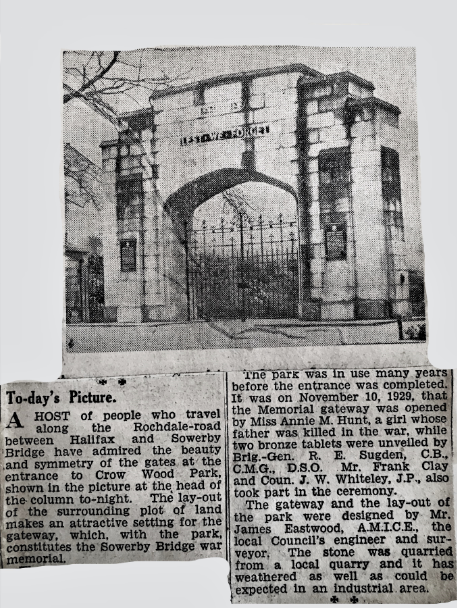
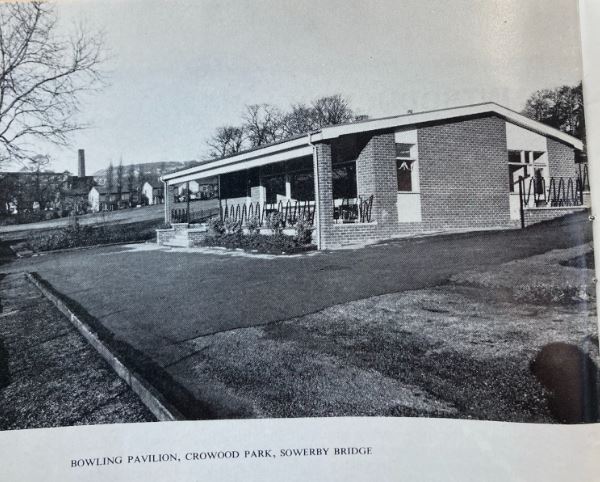
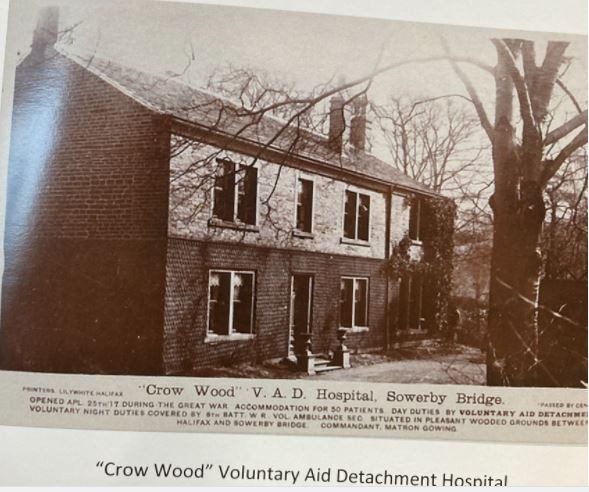
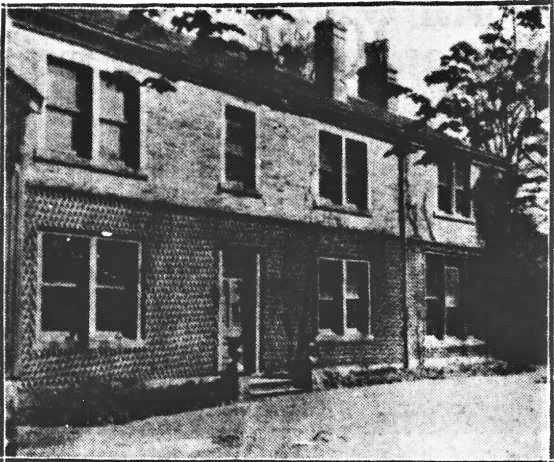
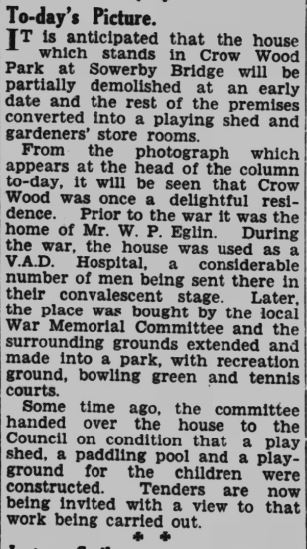
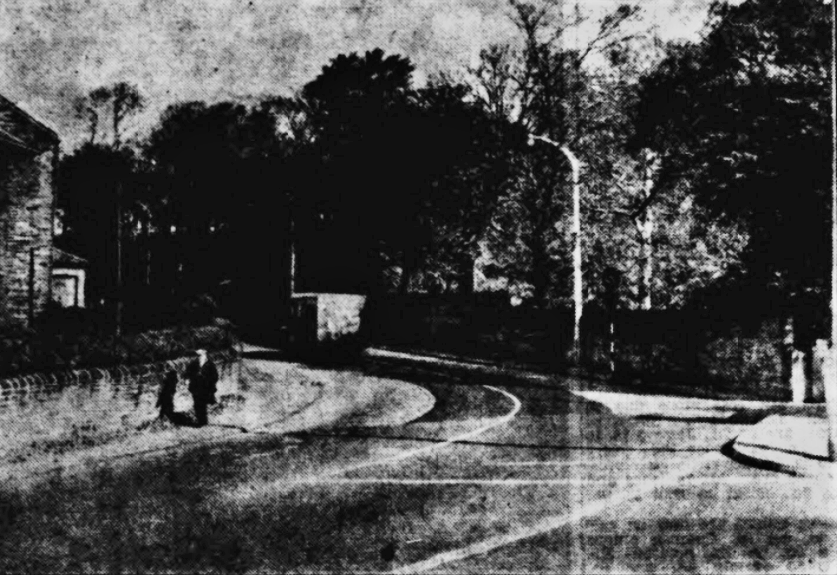 |
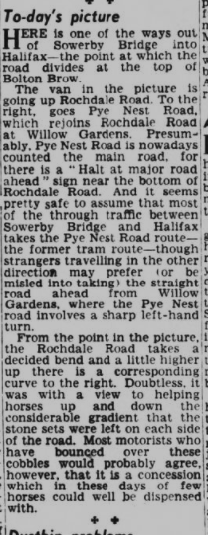 |
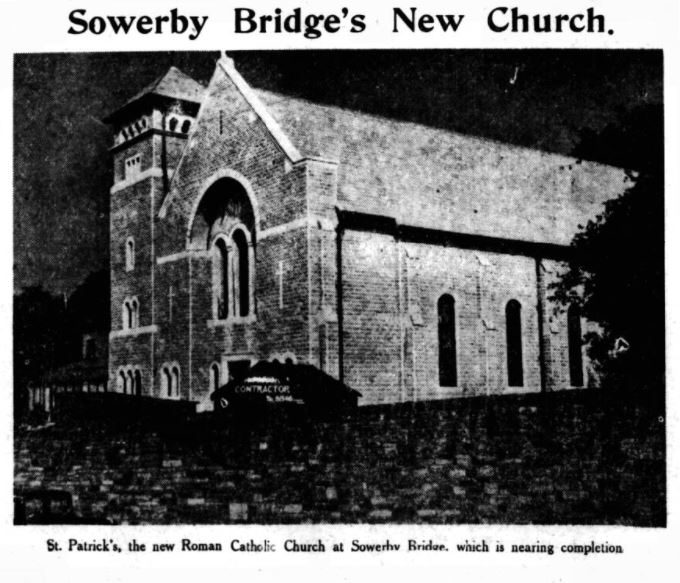
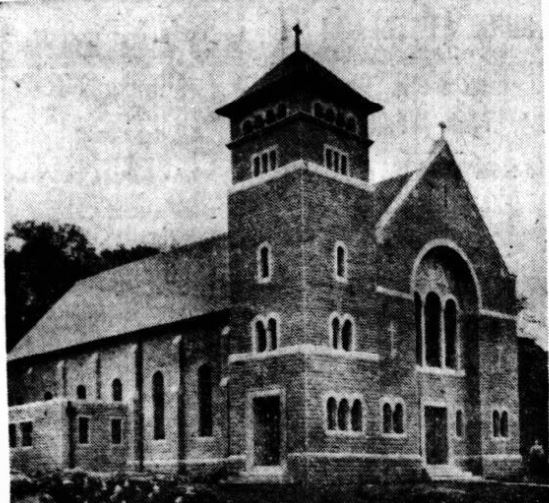
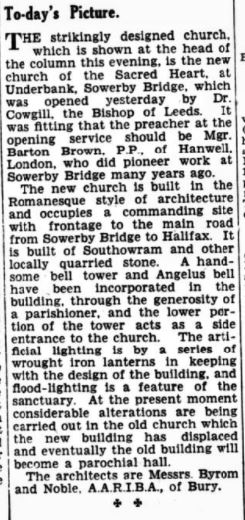 |
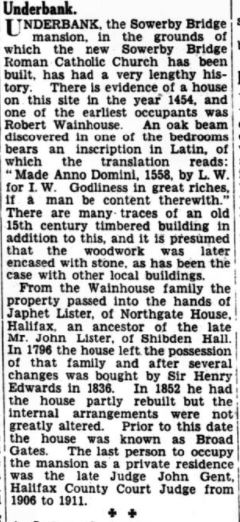 |
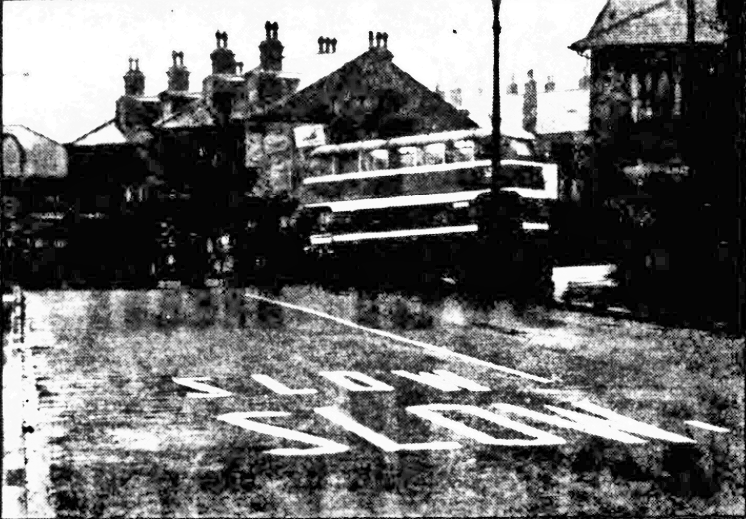
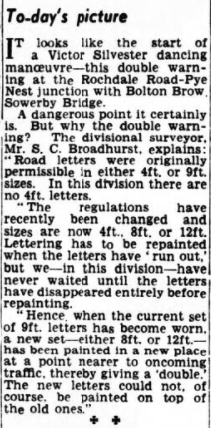
Pye Nest Road
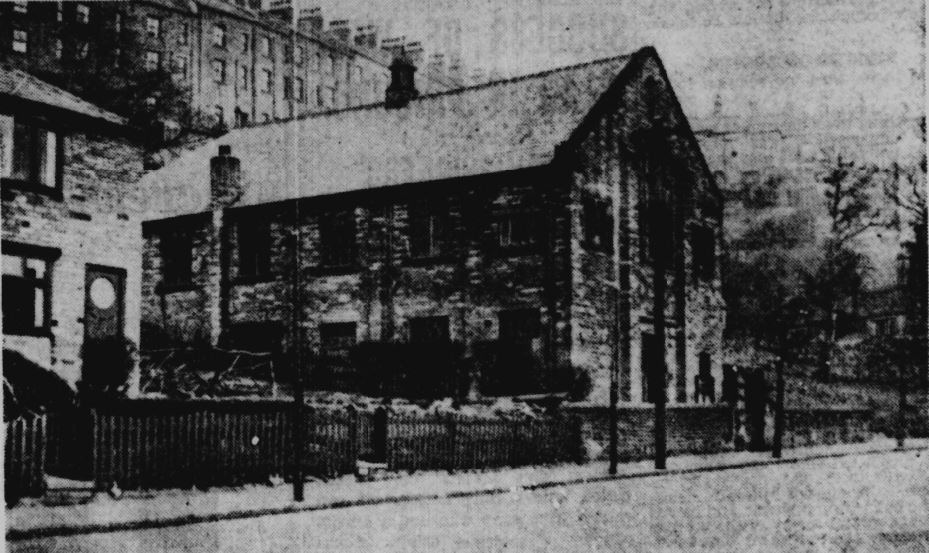 |
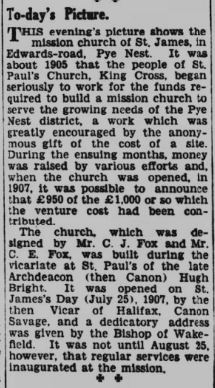 |
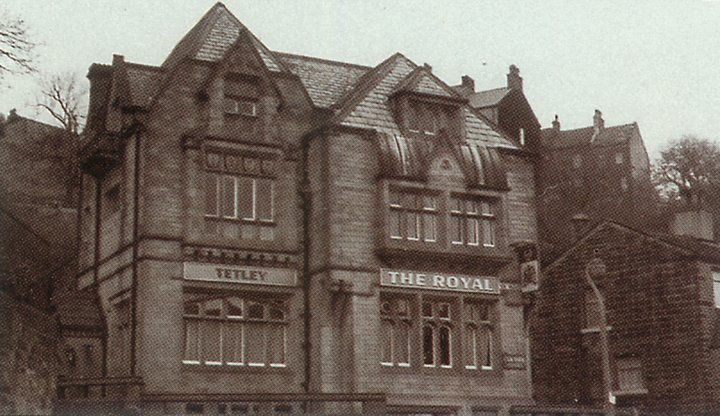
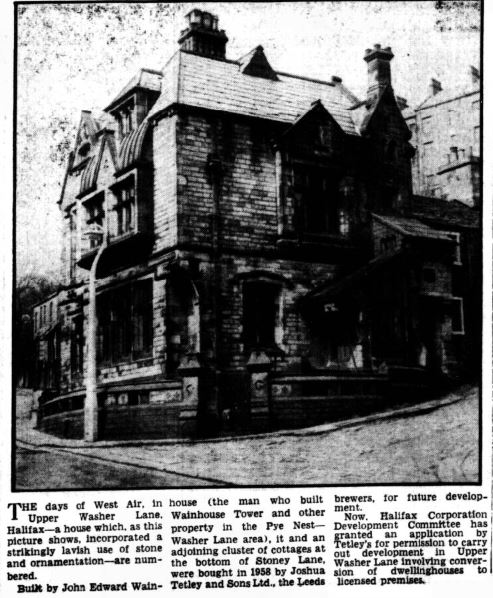
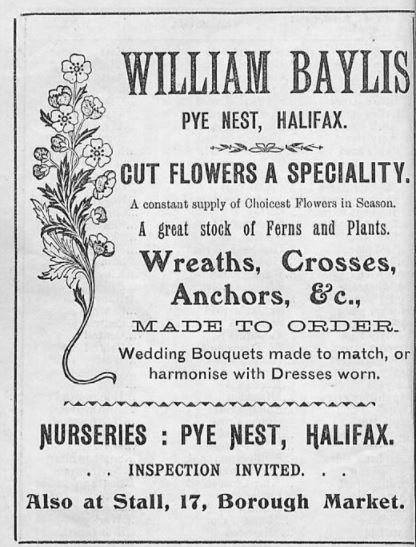
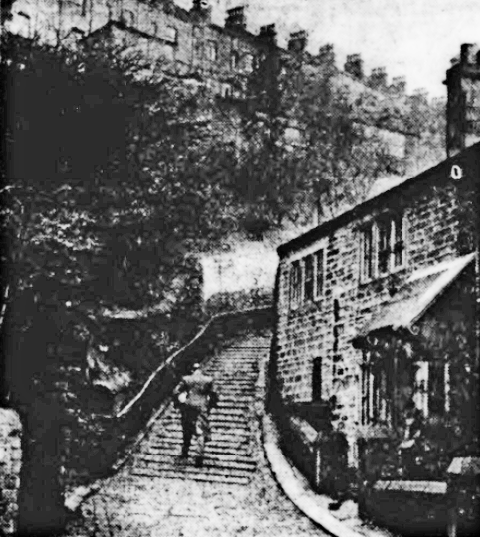
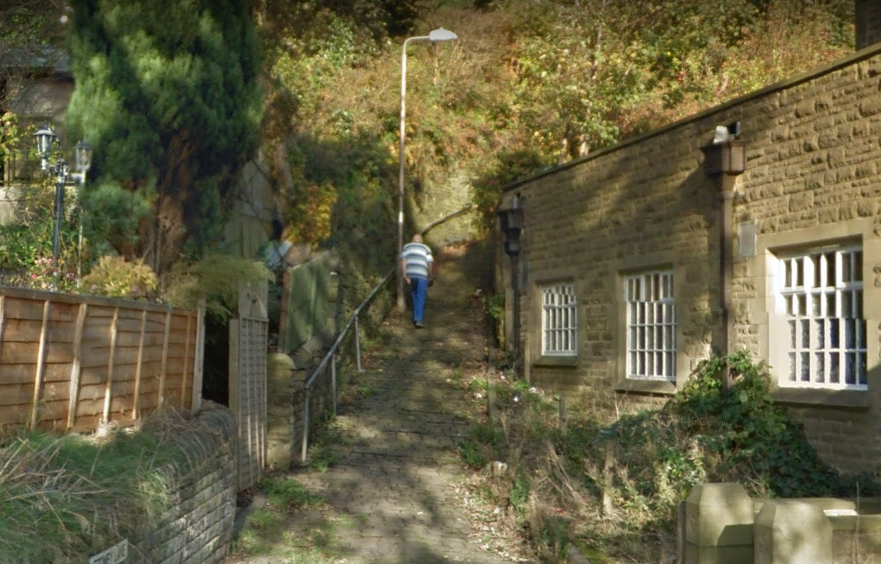
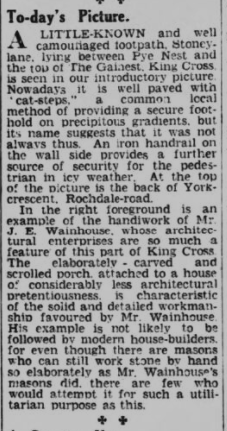
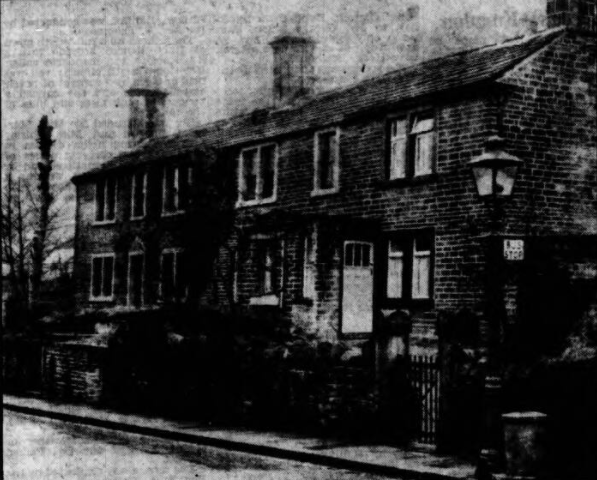 |
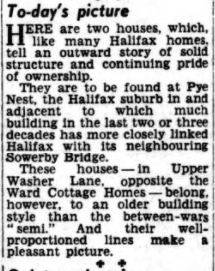 |
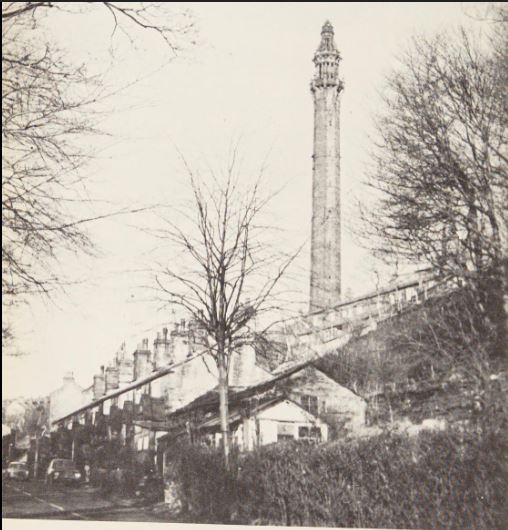
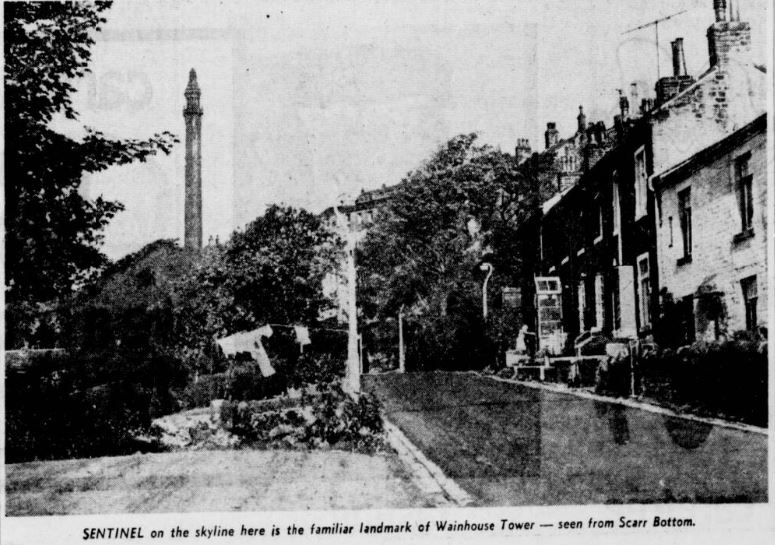
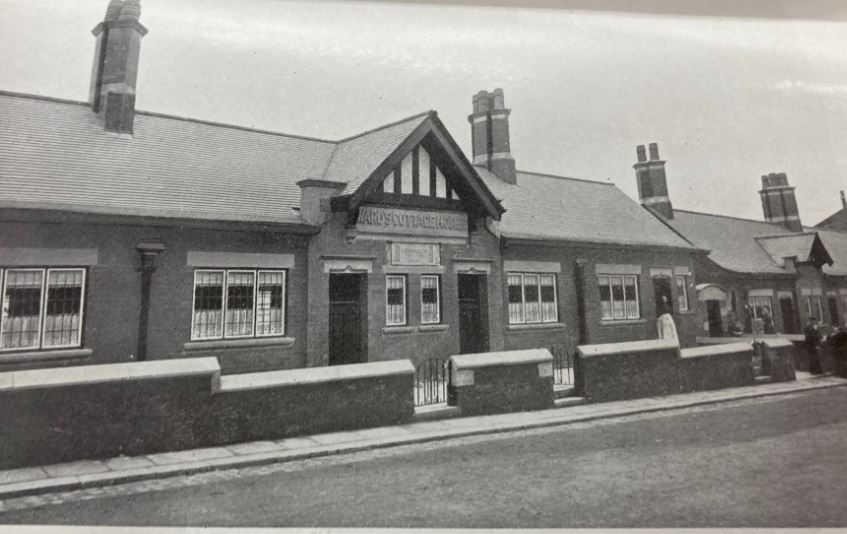
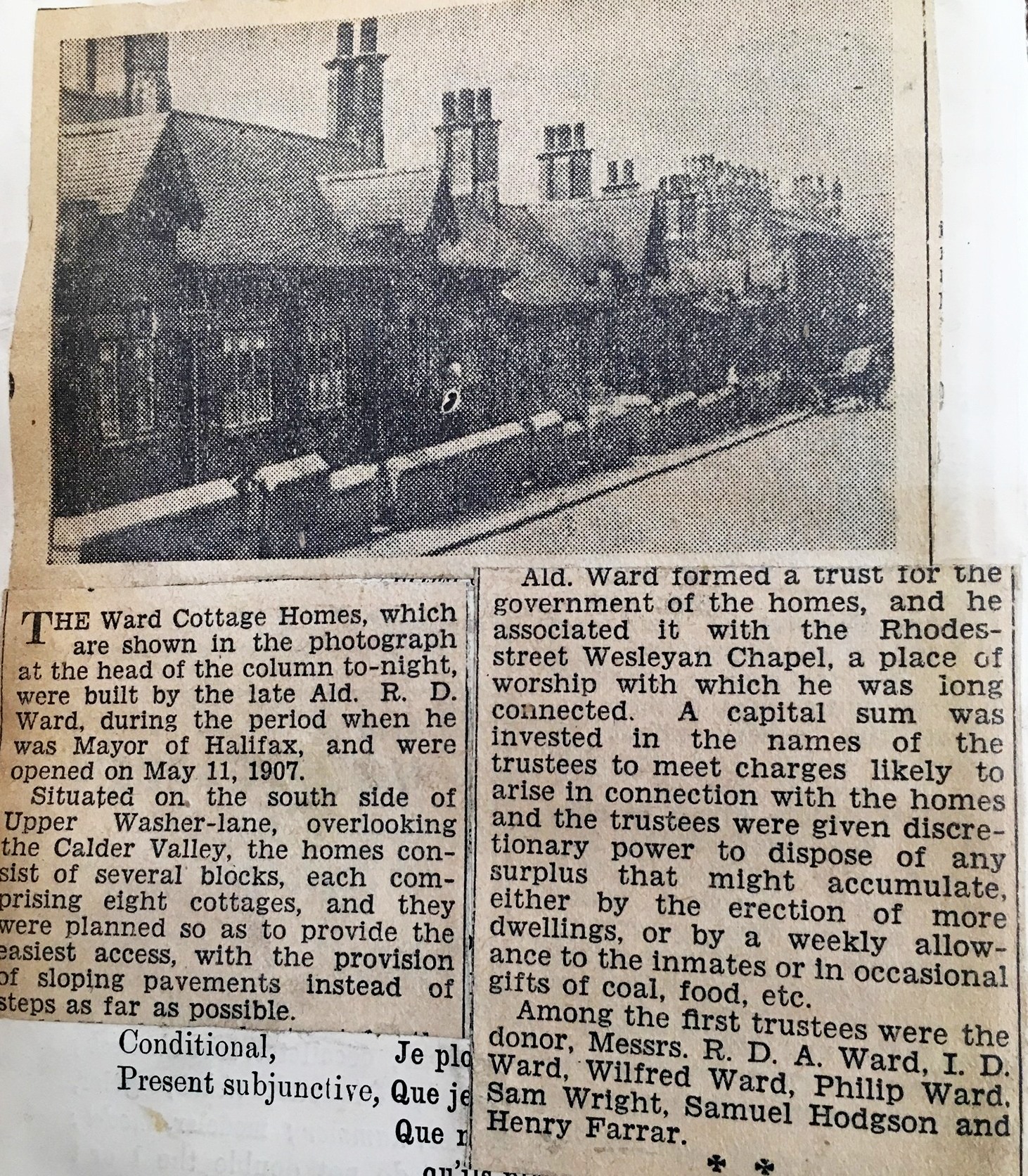
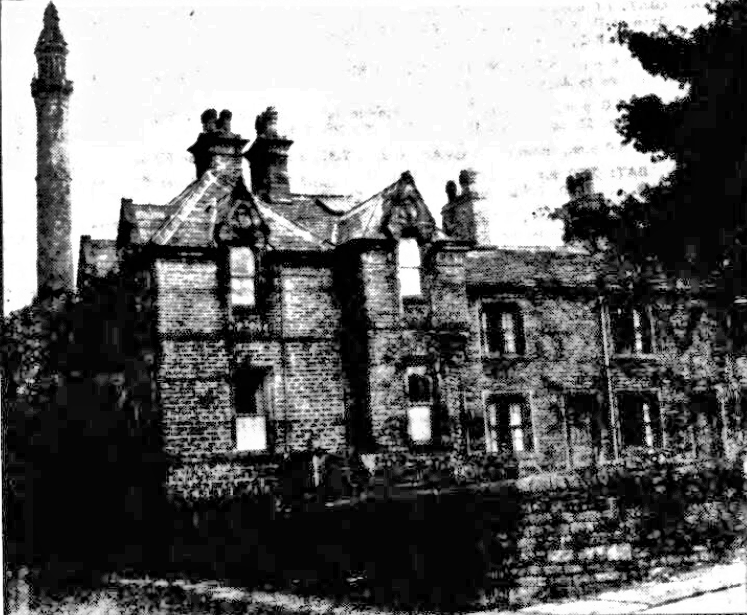 |
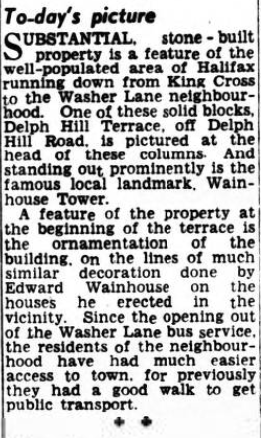 |
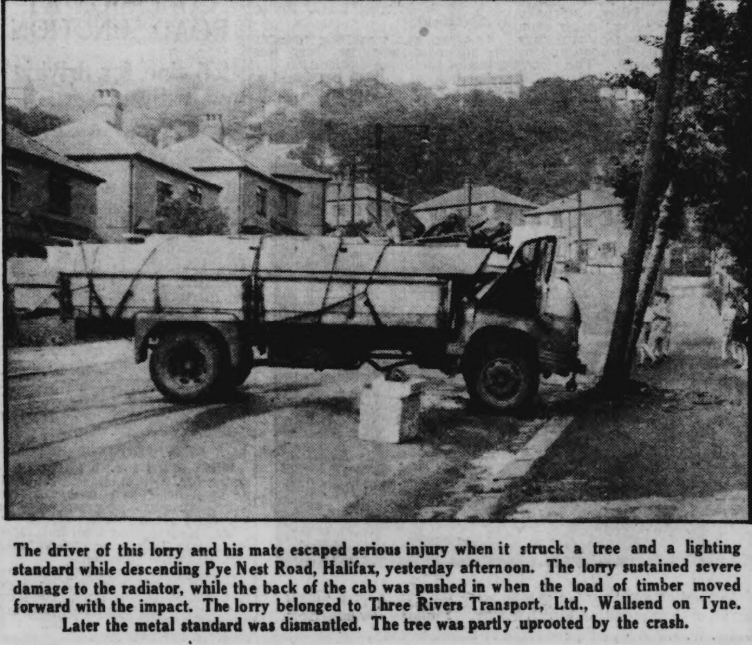
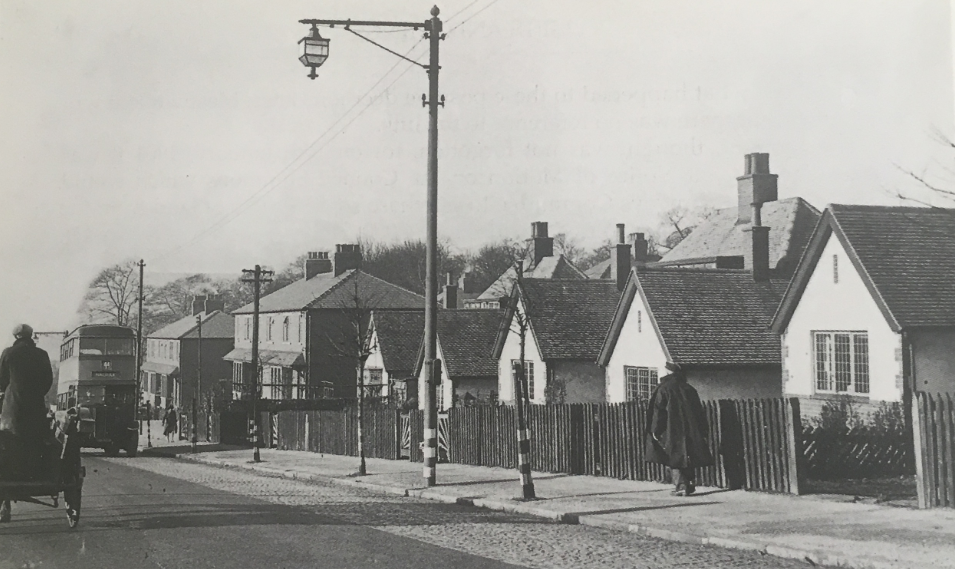
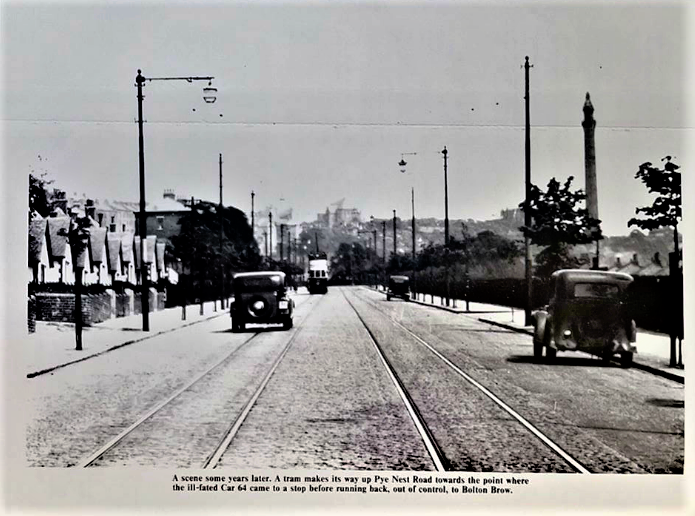
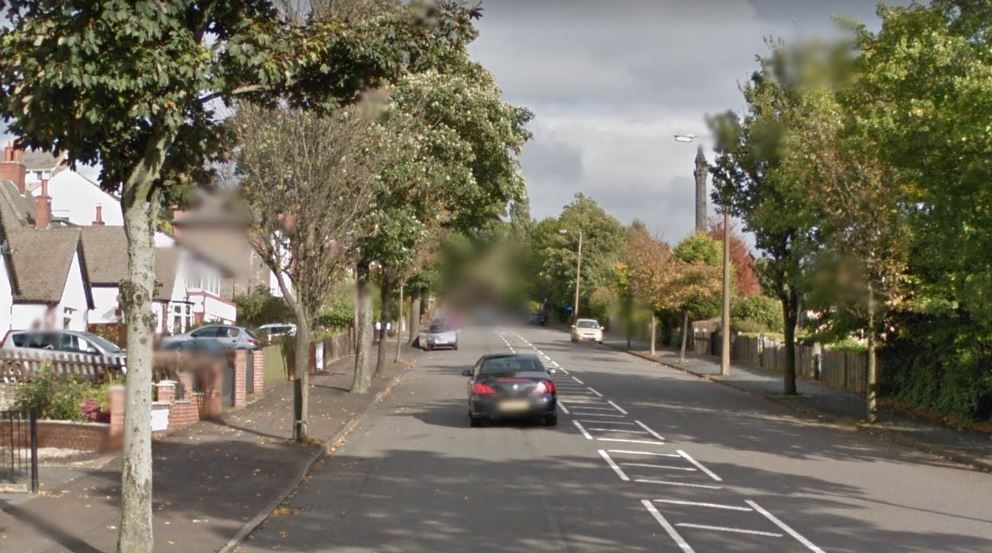
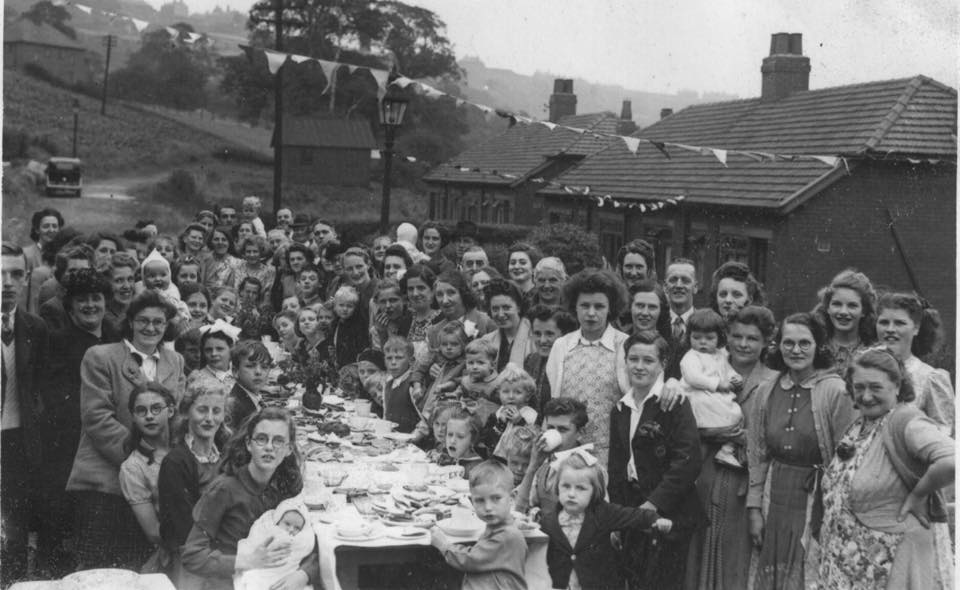
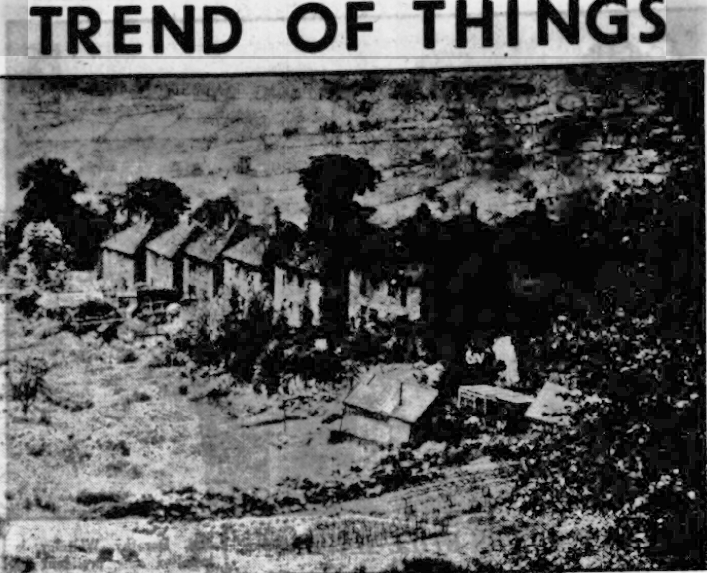
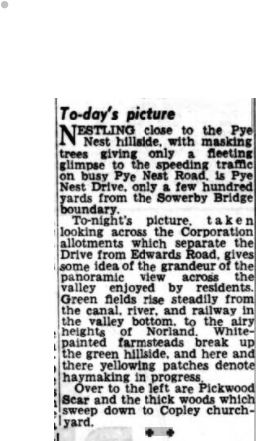
Bolton Brow
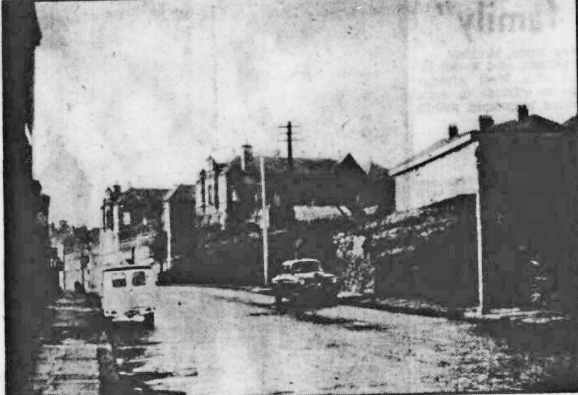
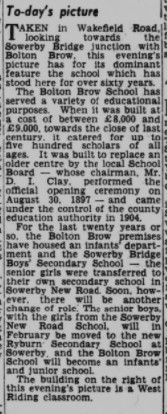
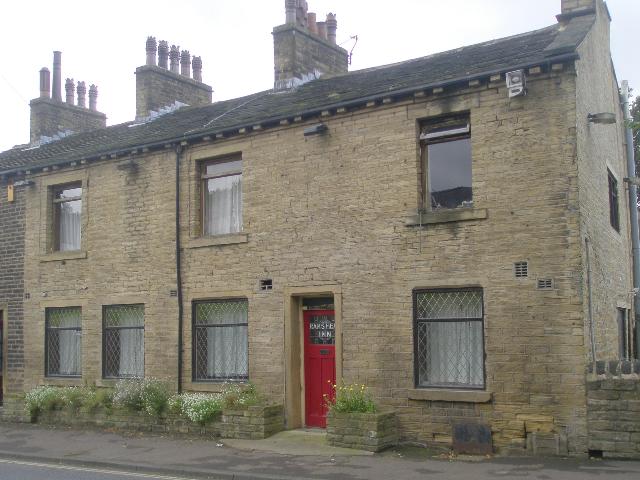
Rams Head on Wakefield Road
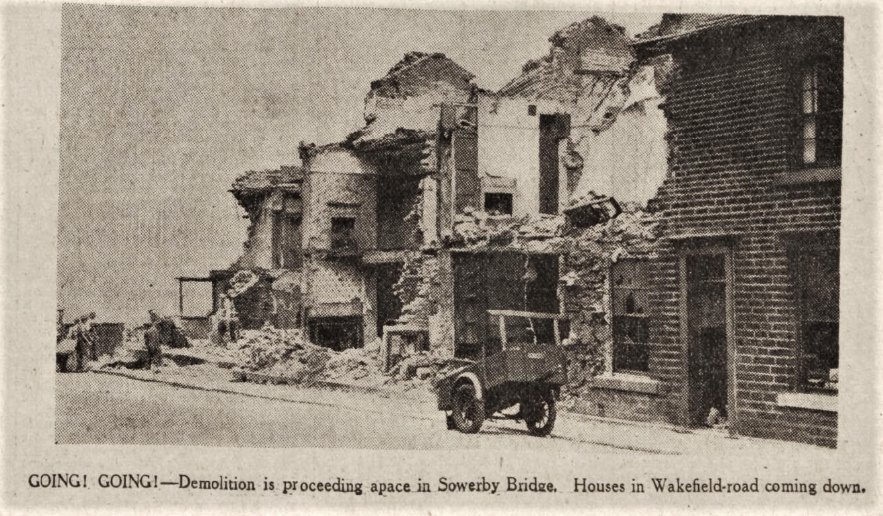
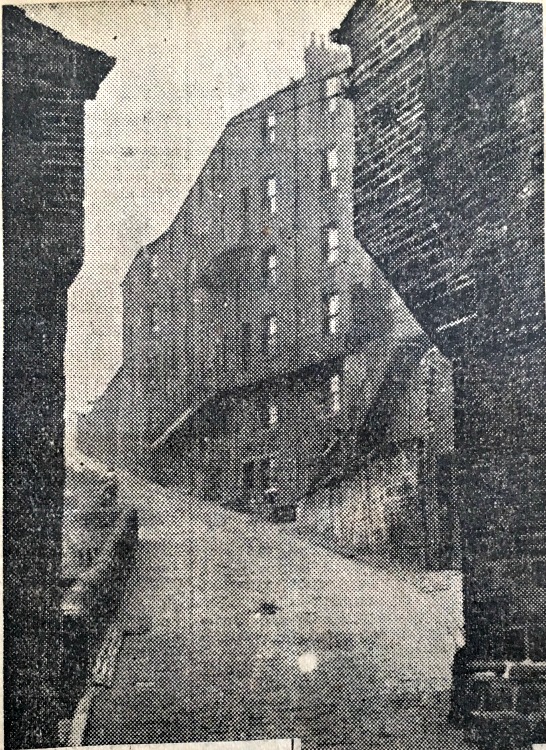
This is the steep, narrow road known as Chapel Lane which linked Bolton Brow with the canal bridge at the corner of the gasworks. The property around Chapel Lane formed part of the old industrial area of Sowerby Bridge, and in former days was part of the Skircoat township. It gets its name due to the fact that at the top corner stood the first Bolton Brow Wesleyan Methodist Chapel which was used as a Sunday school and as a day school. It has since been an Assembly Hall and the headquarters for the Salvation Army. At the bottom of the hill is the Navigation Inn which is obviously named after its surroundings.
Opposite the Inn is the terminus of the Calder and Hebble canal, completed here around 1760 and also the Rochdale canal, completed around 1792.When these waterways were at the height of their success and numerous boats were daily completing their journey, The Navigation Inn would be a popular social centre.
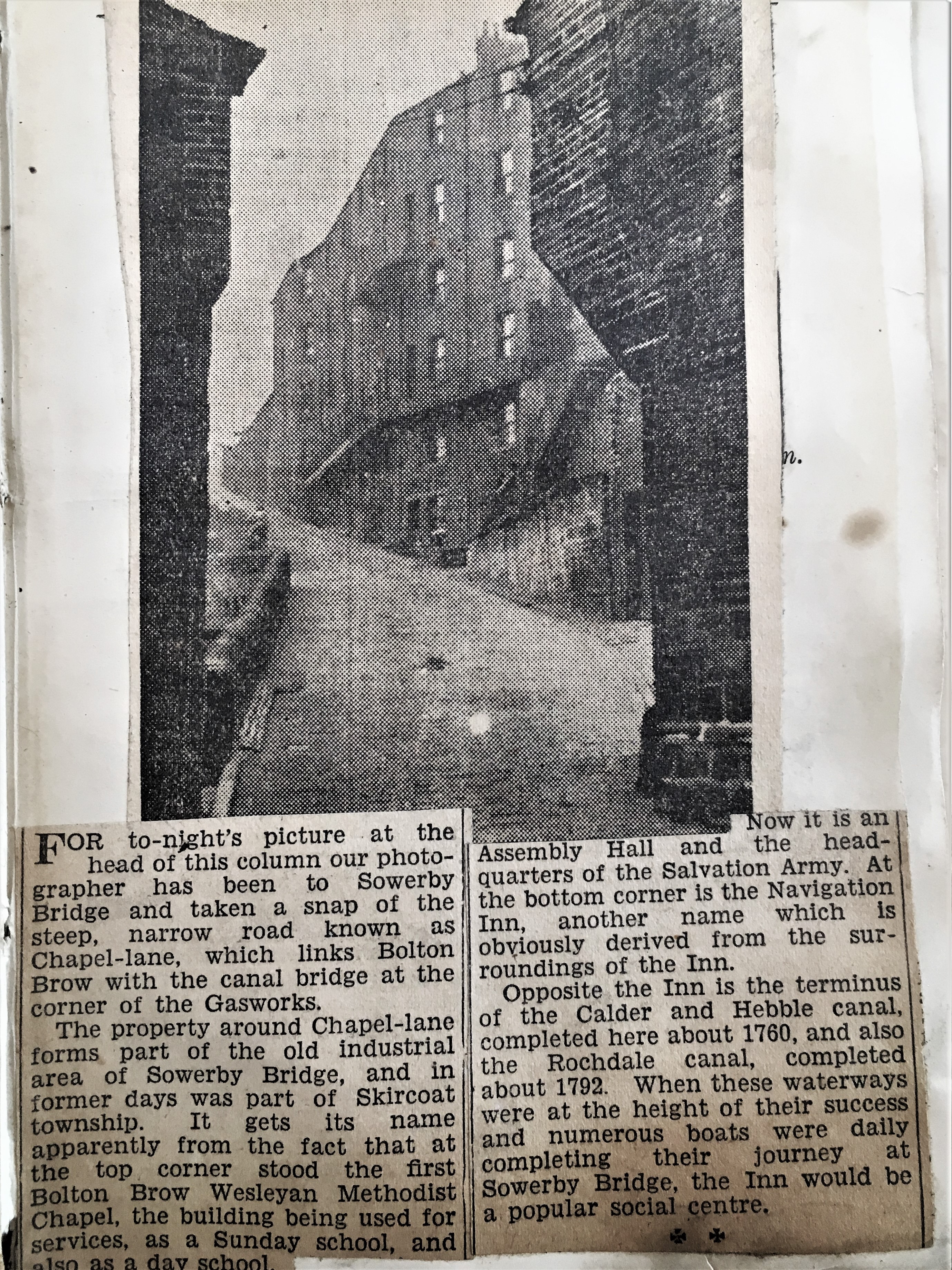
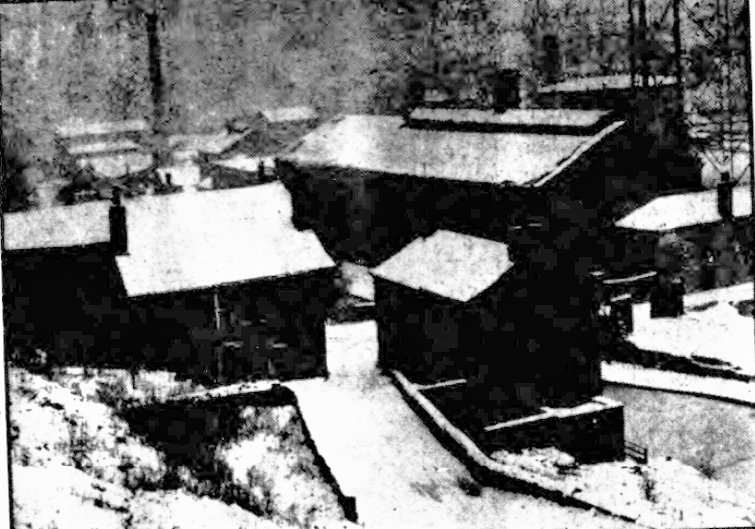 |
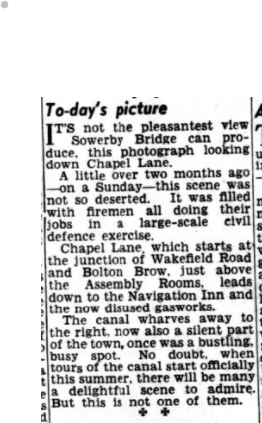 |

Nick Lambert
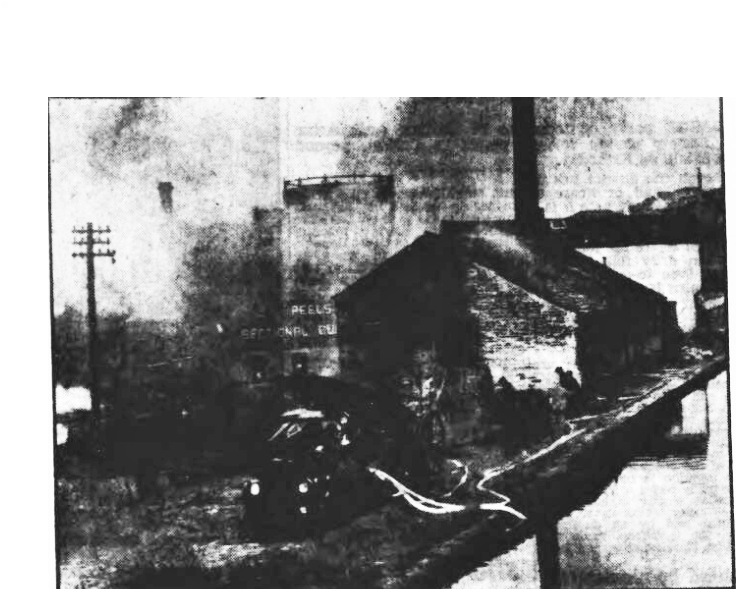
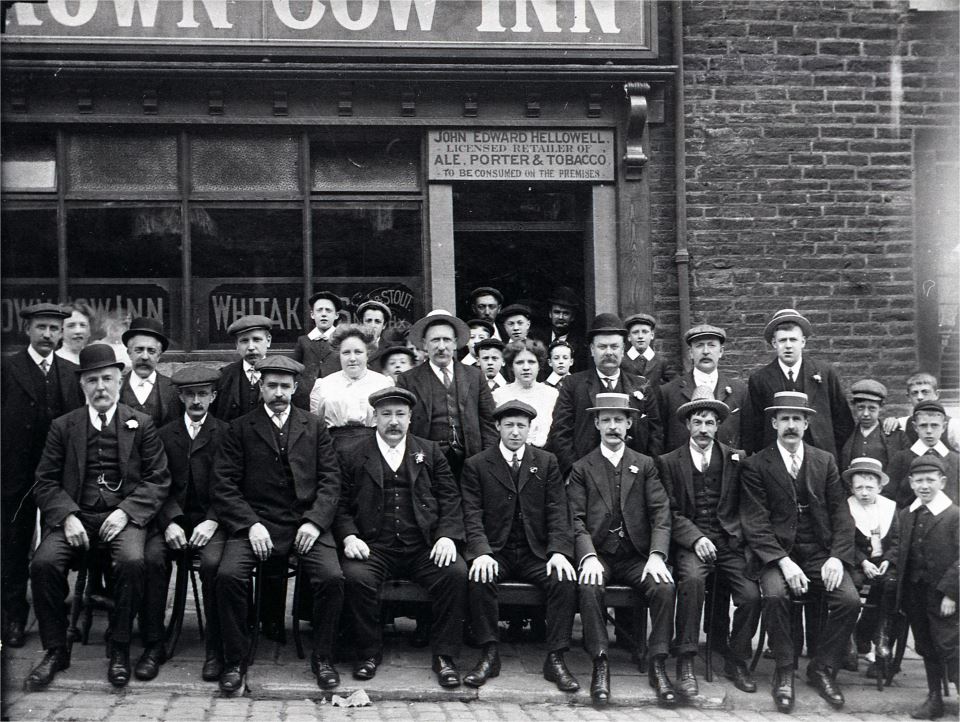
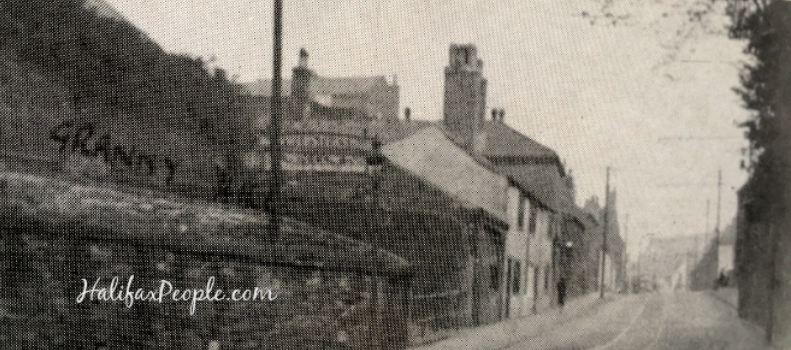
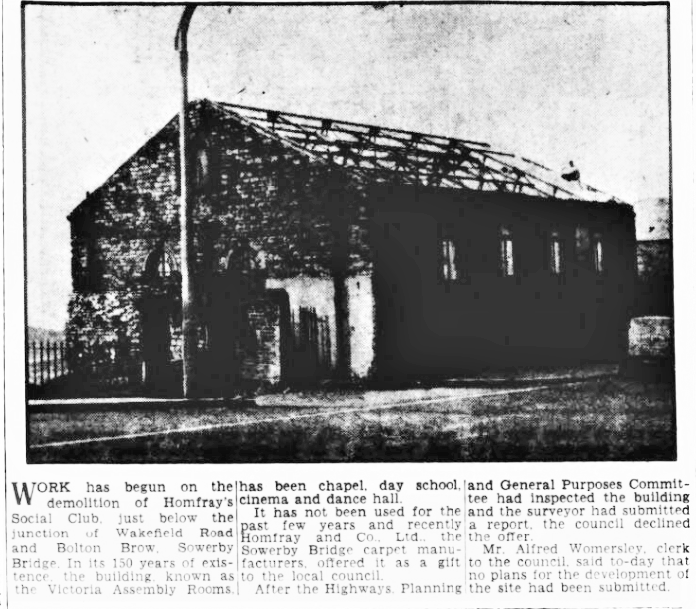
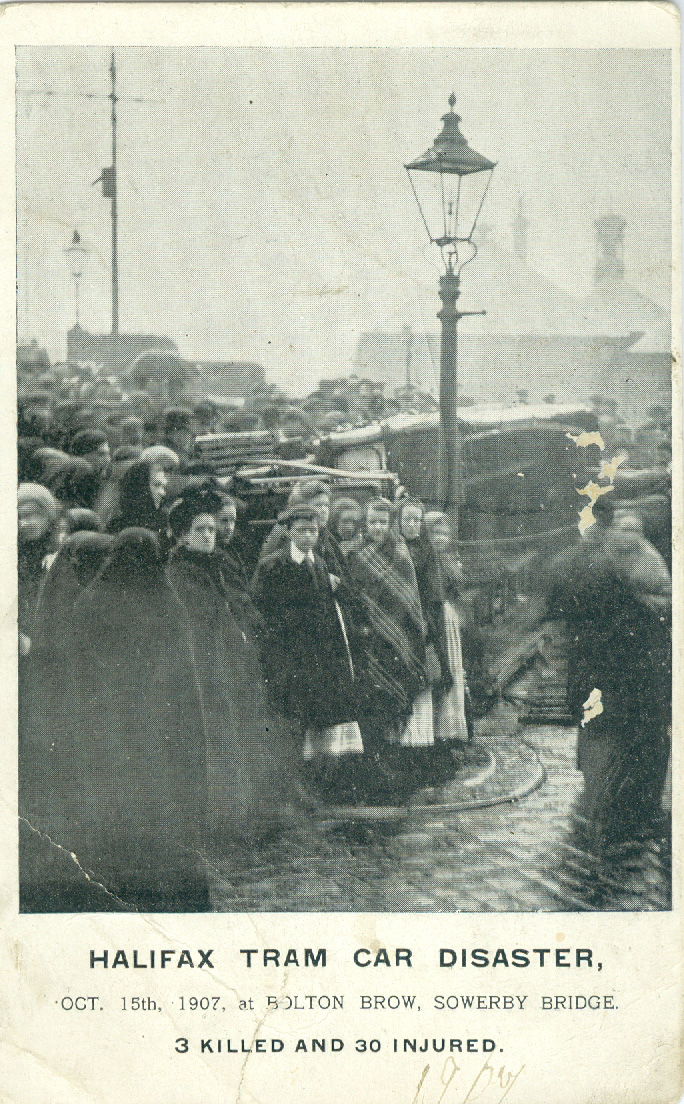
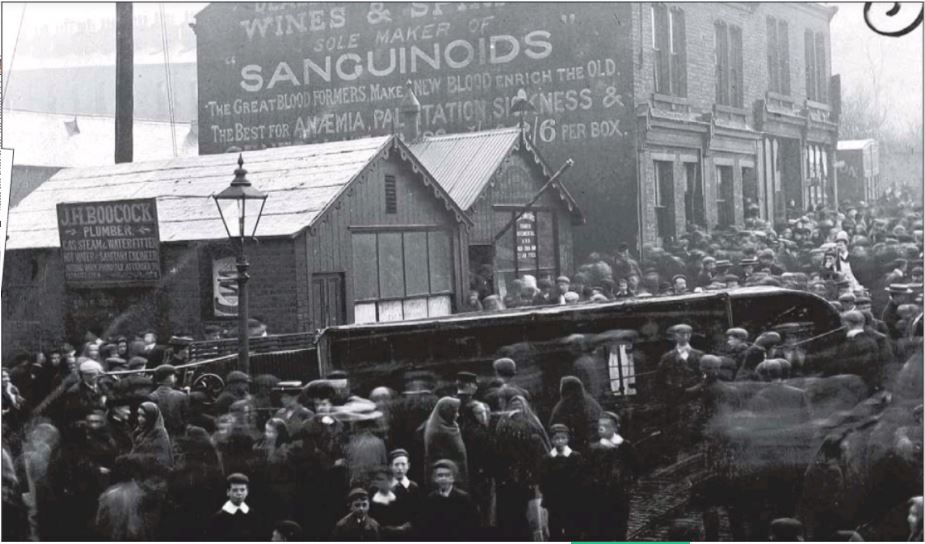
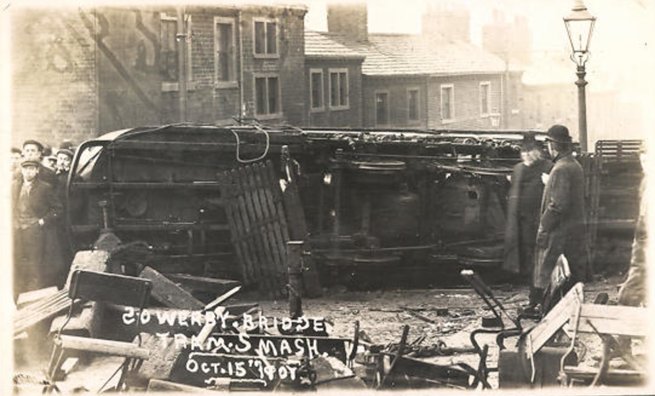
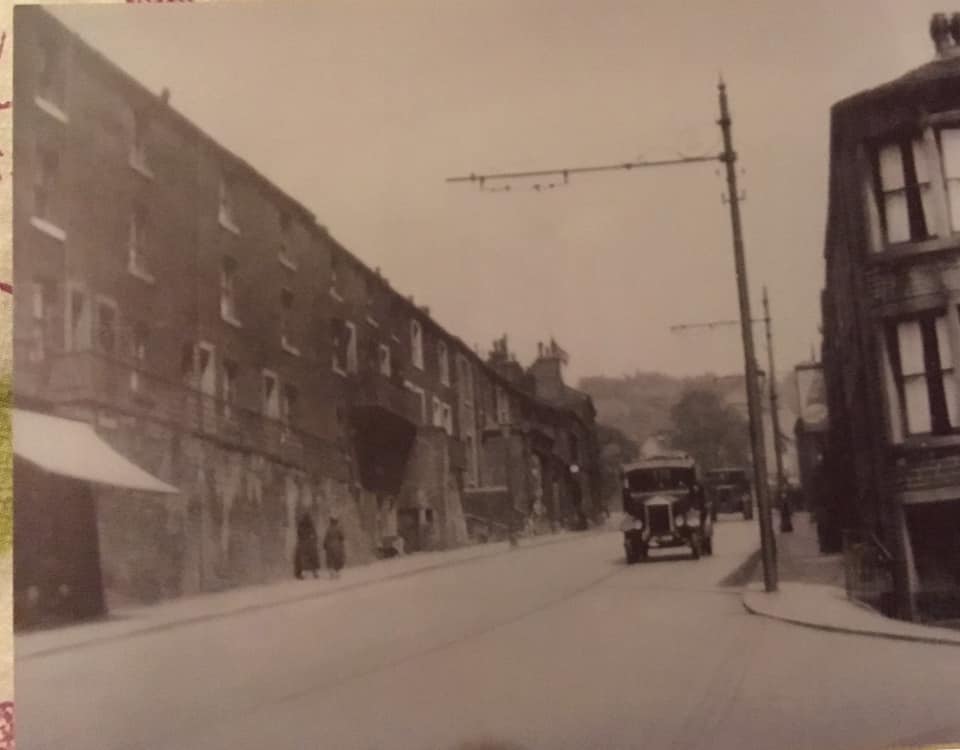
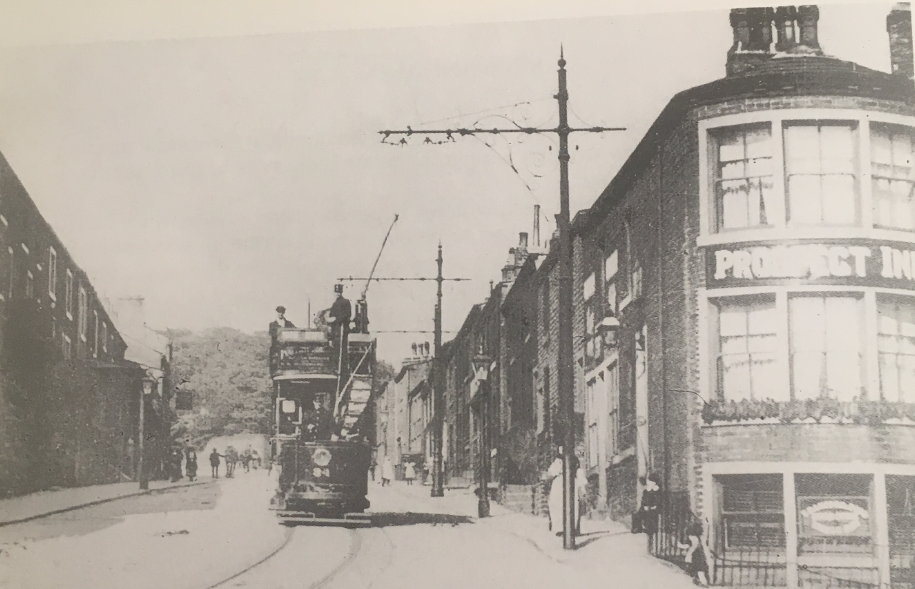
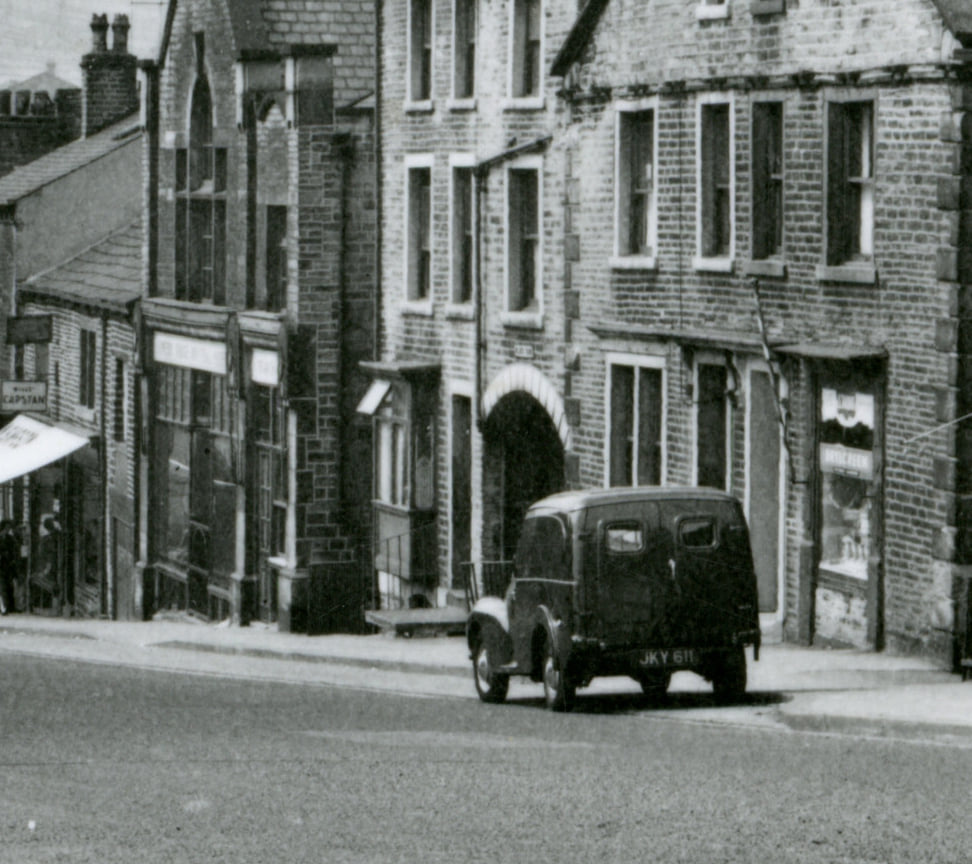
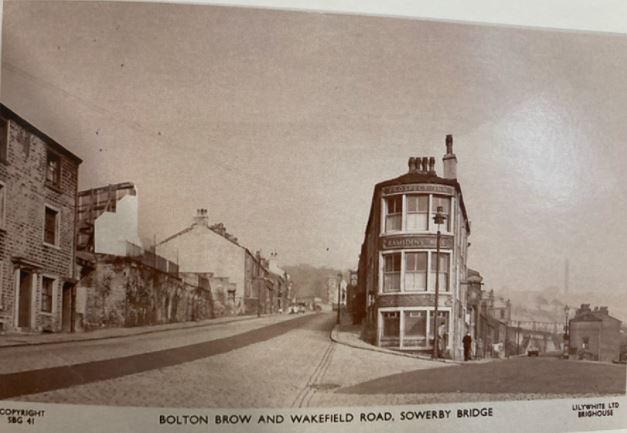
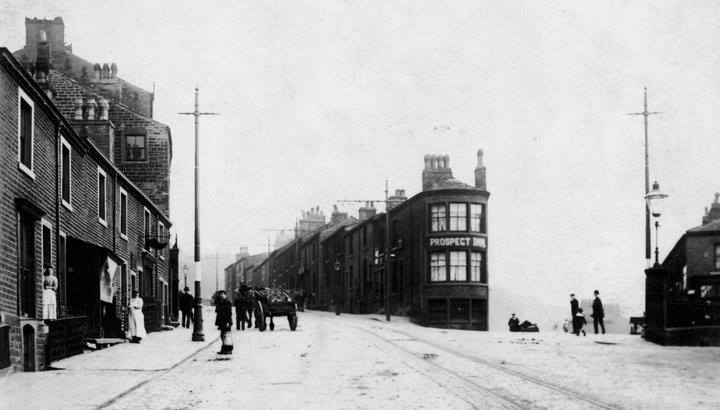
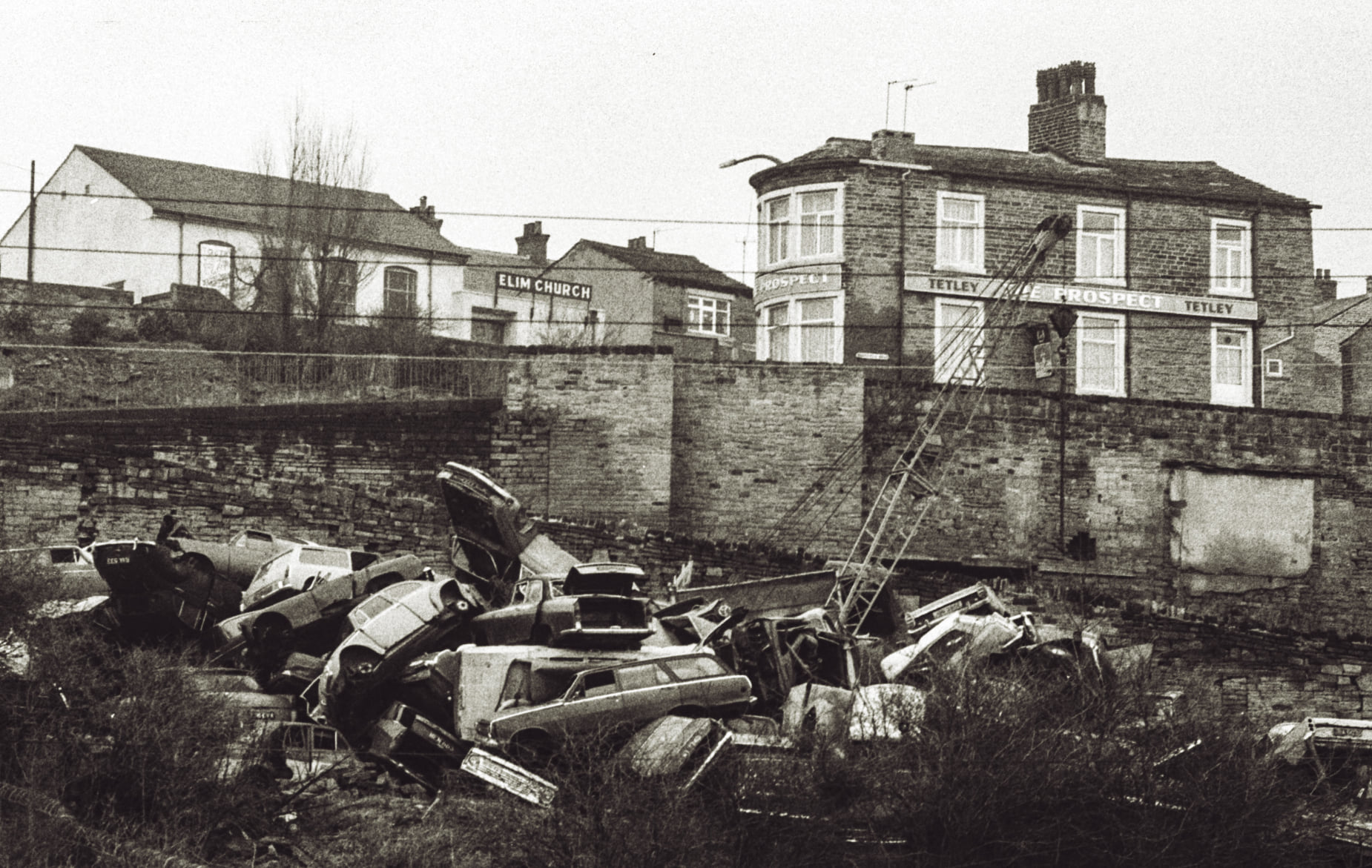
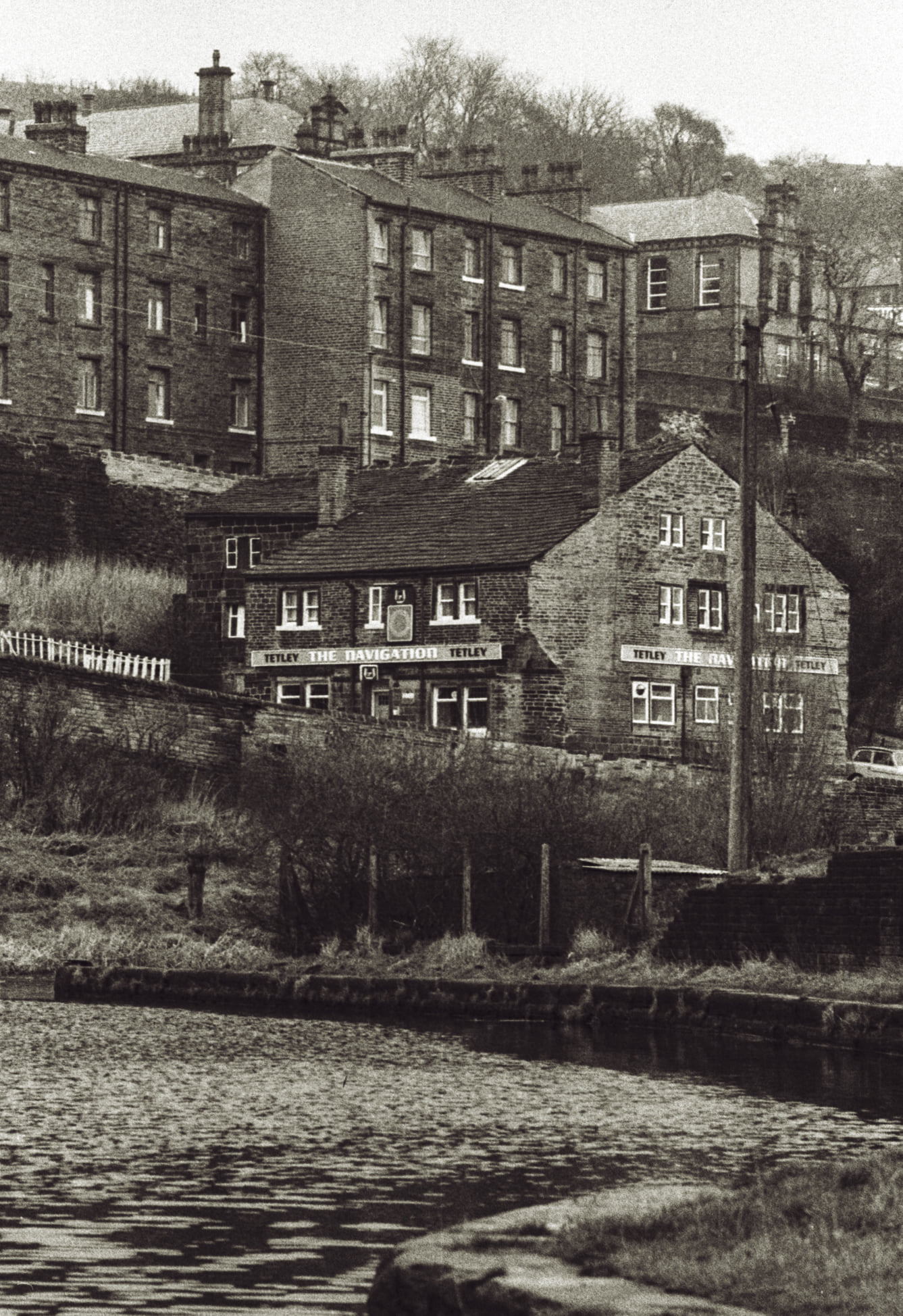
Nick Lambert
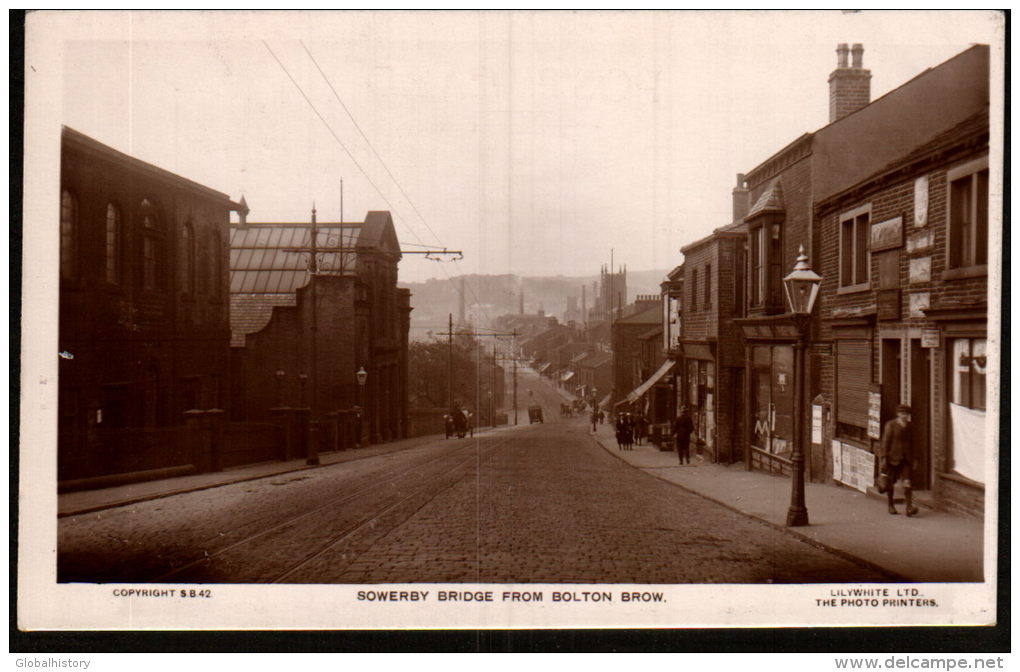
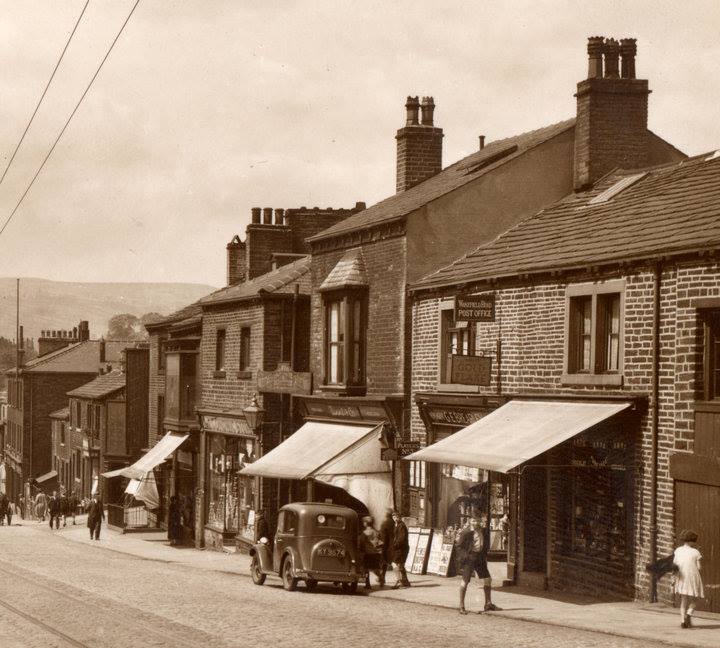
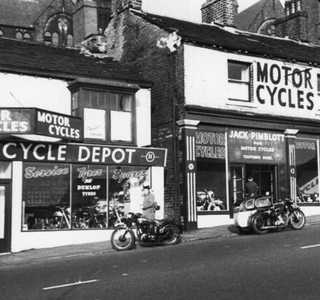
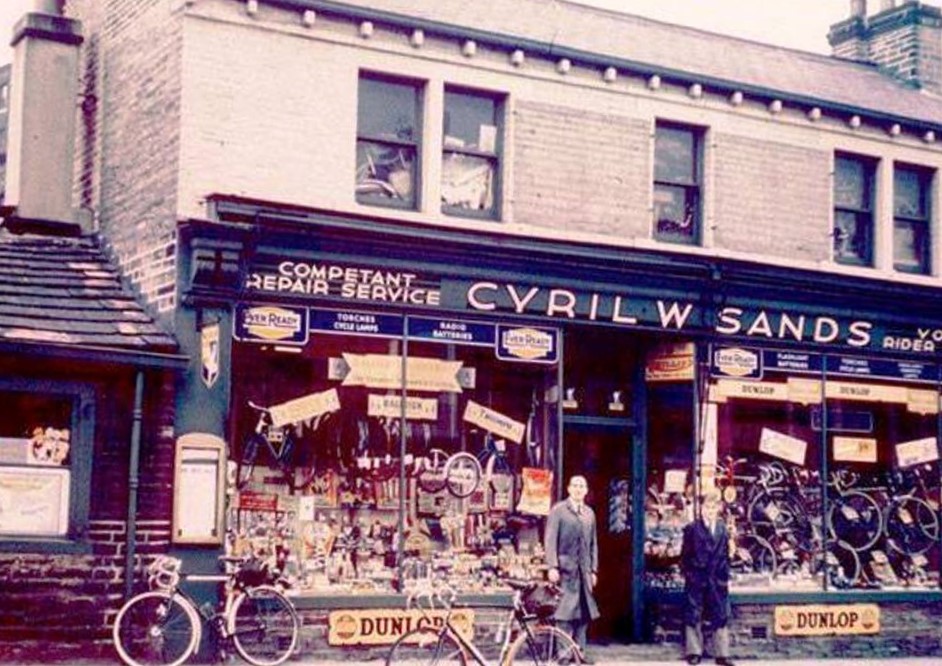
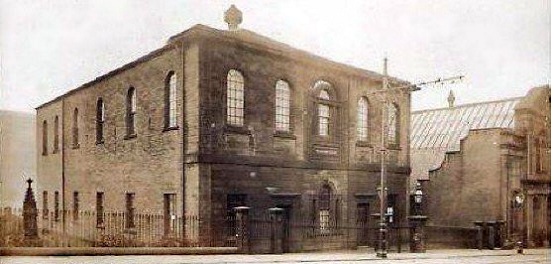
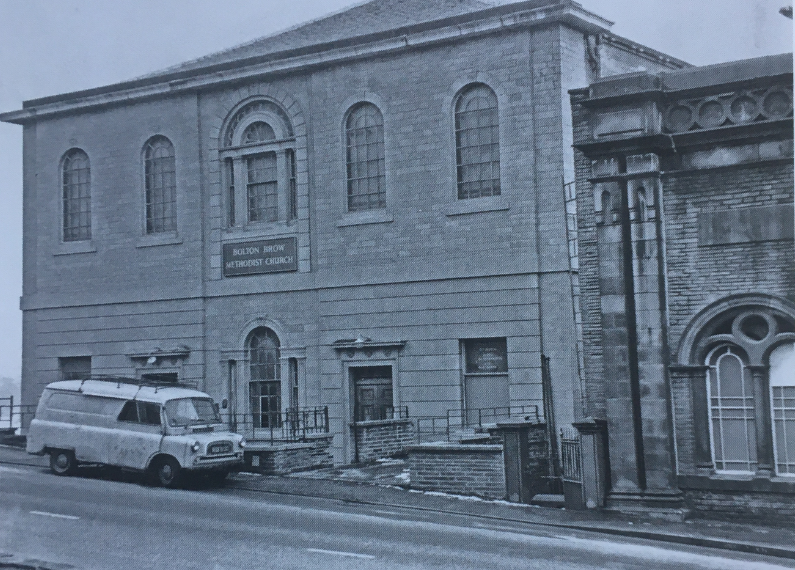
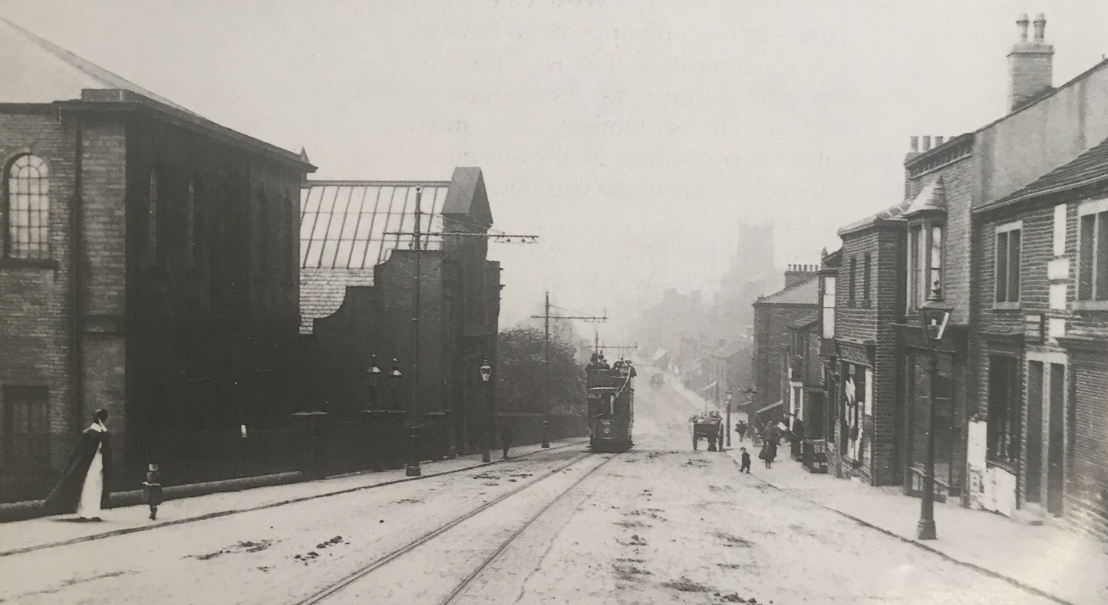
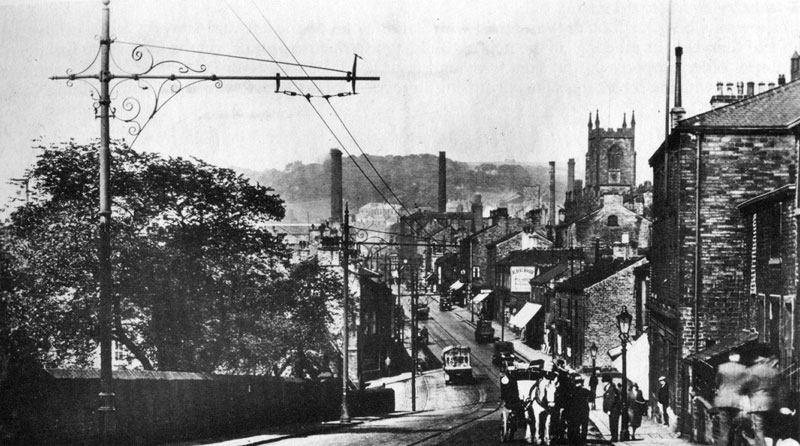
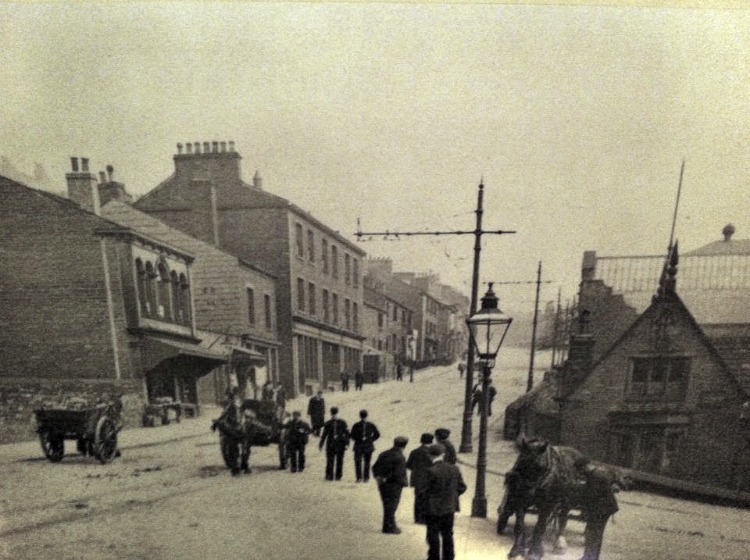
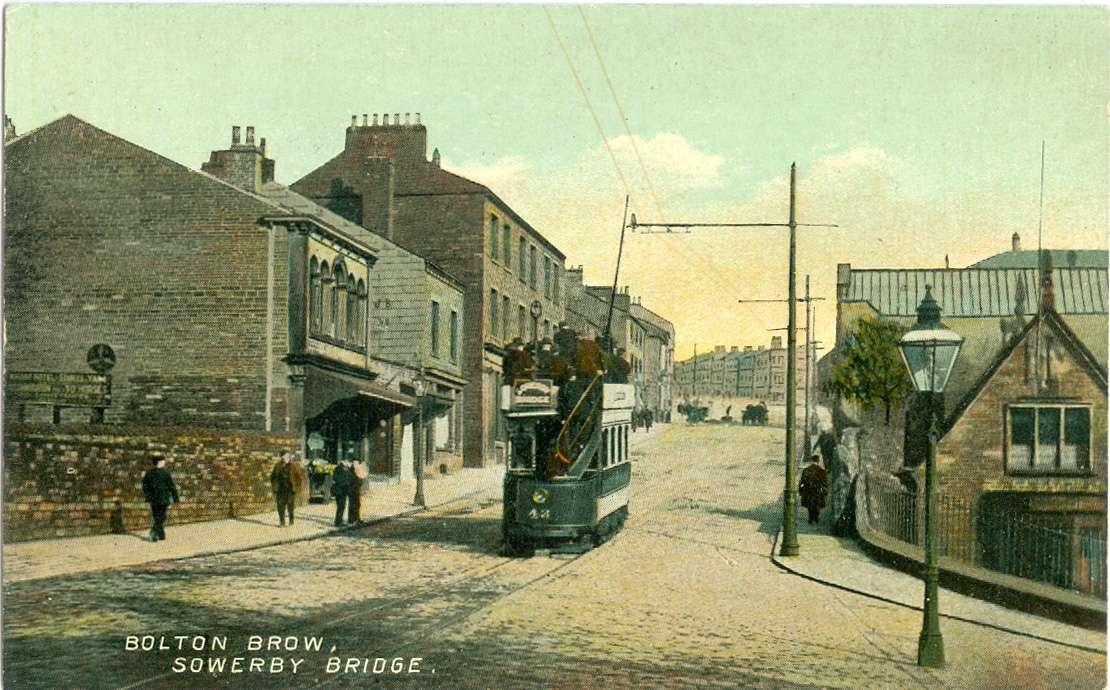
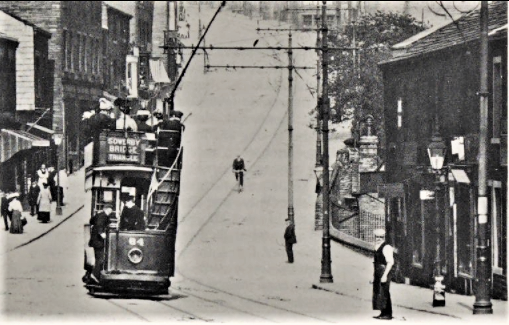
If you have enjoyed your visit to this website, please spread the word by clicking the 'like' and 'share' buttons below. Thank you


